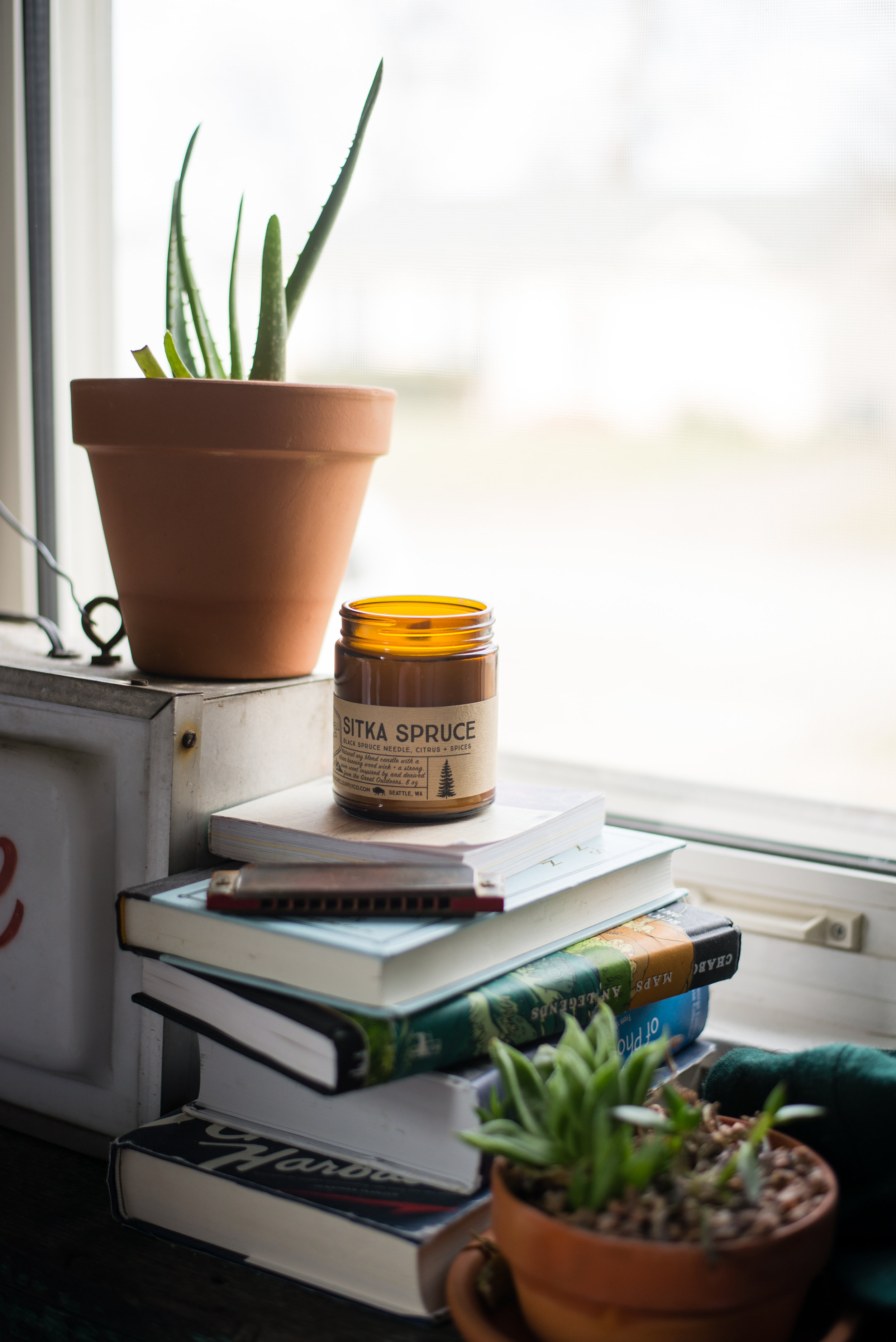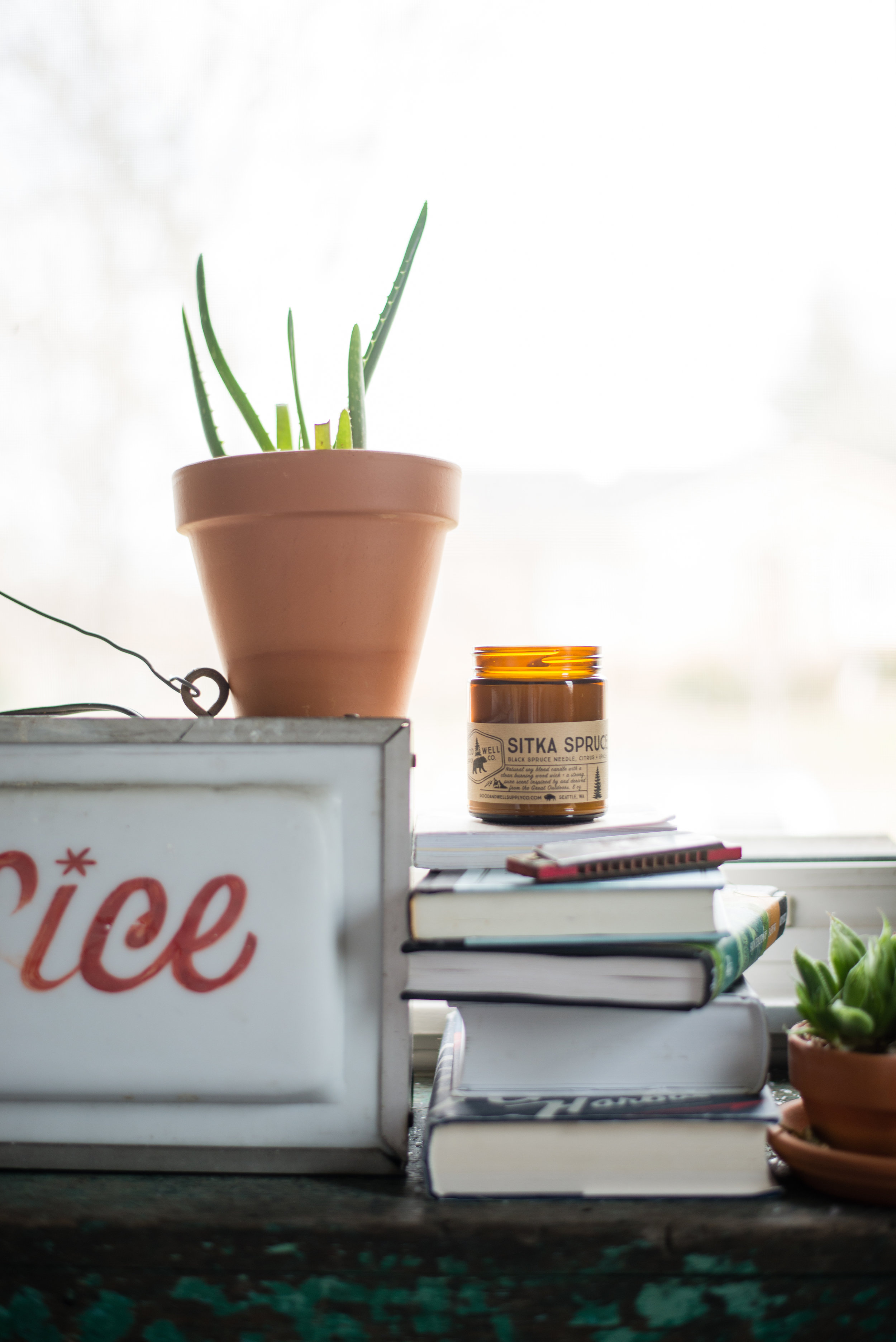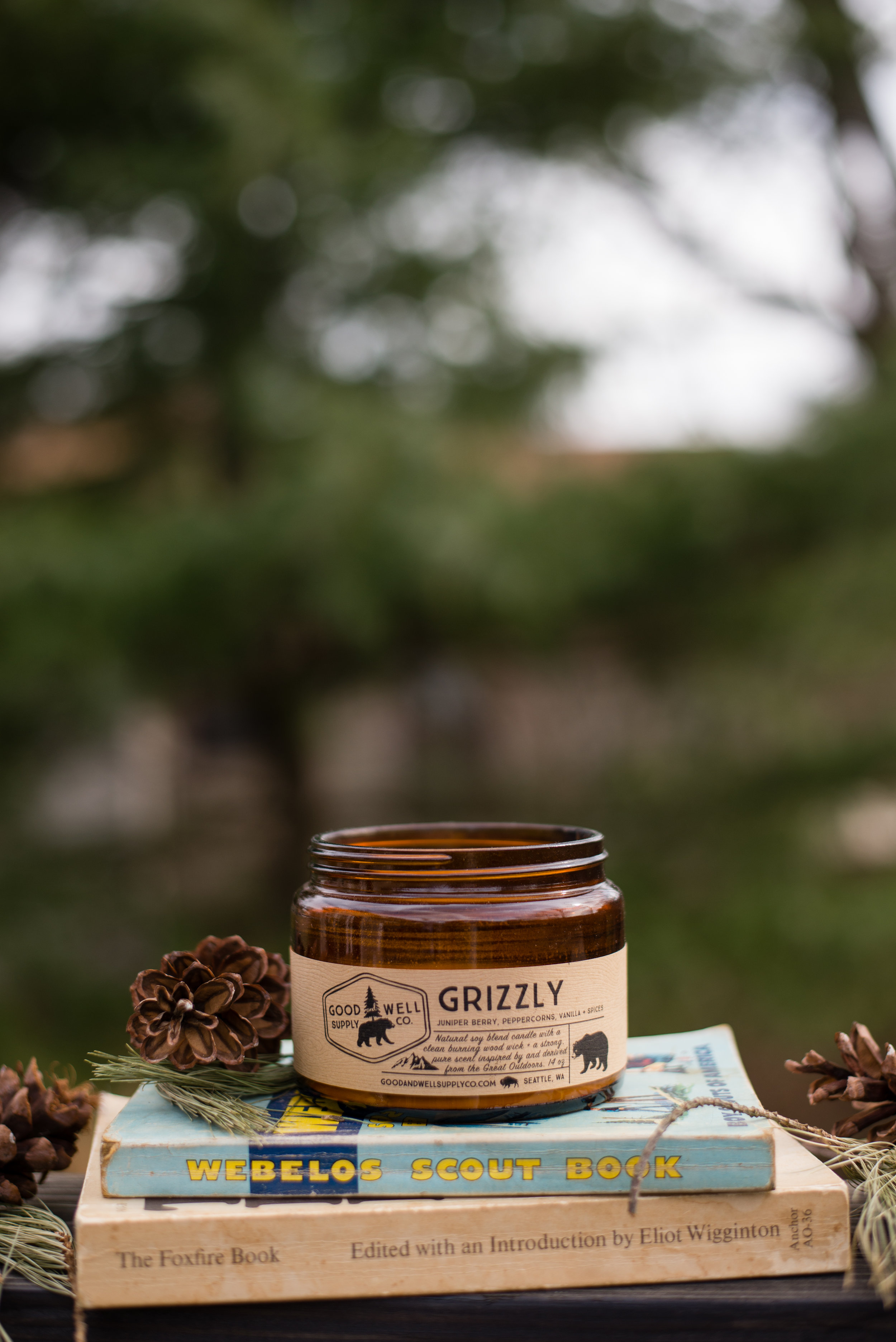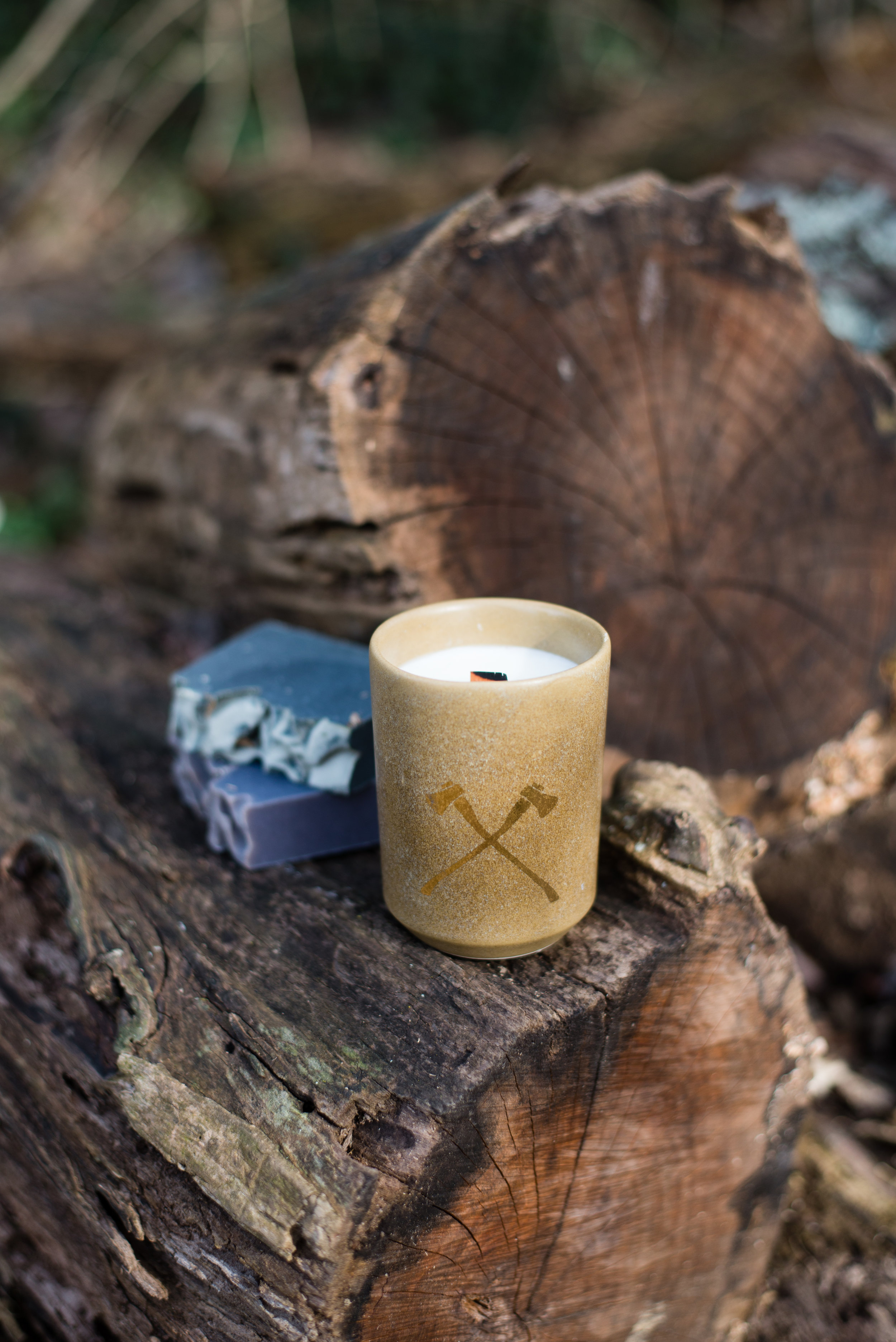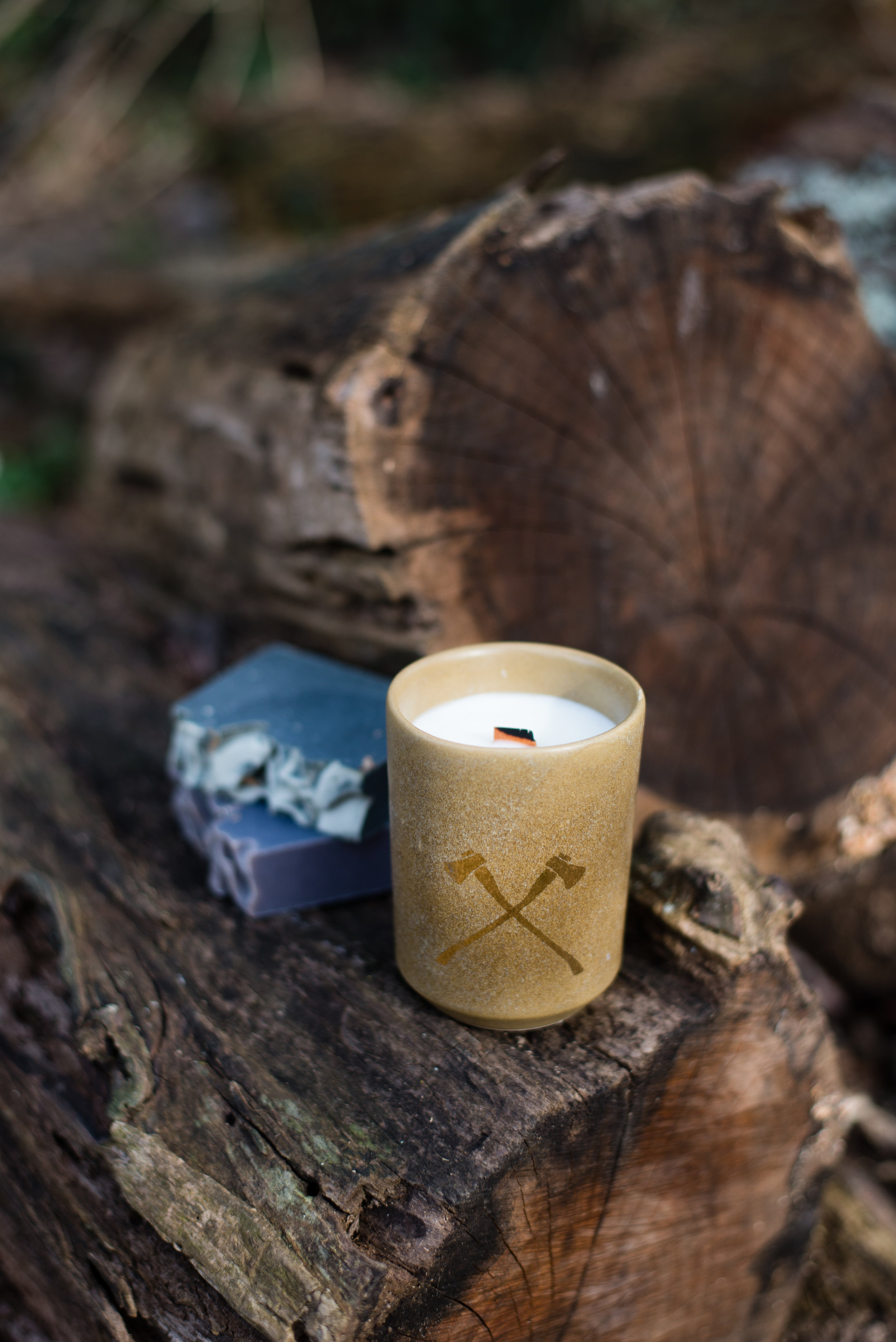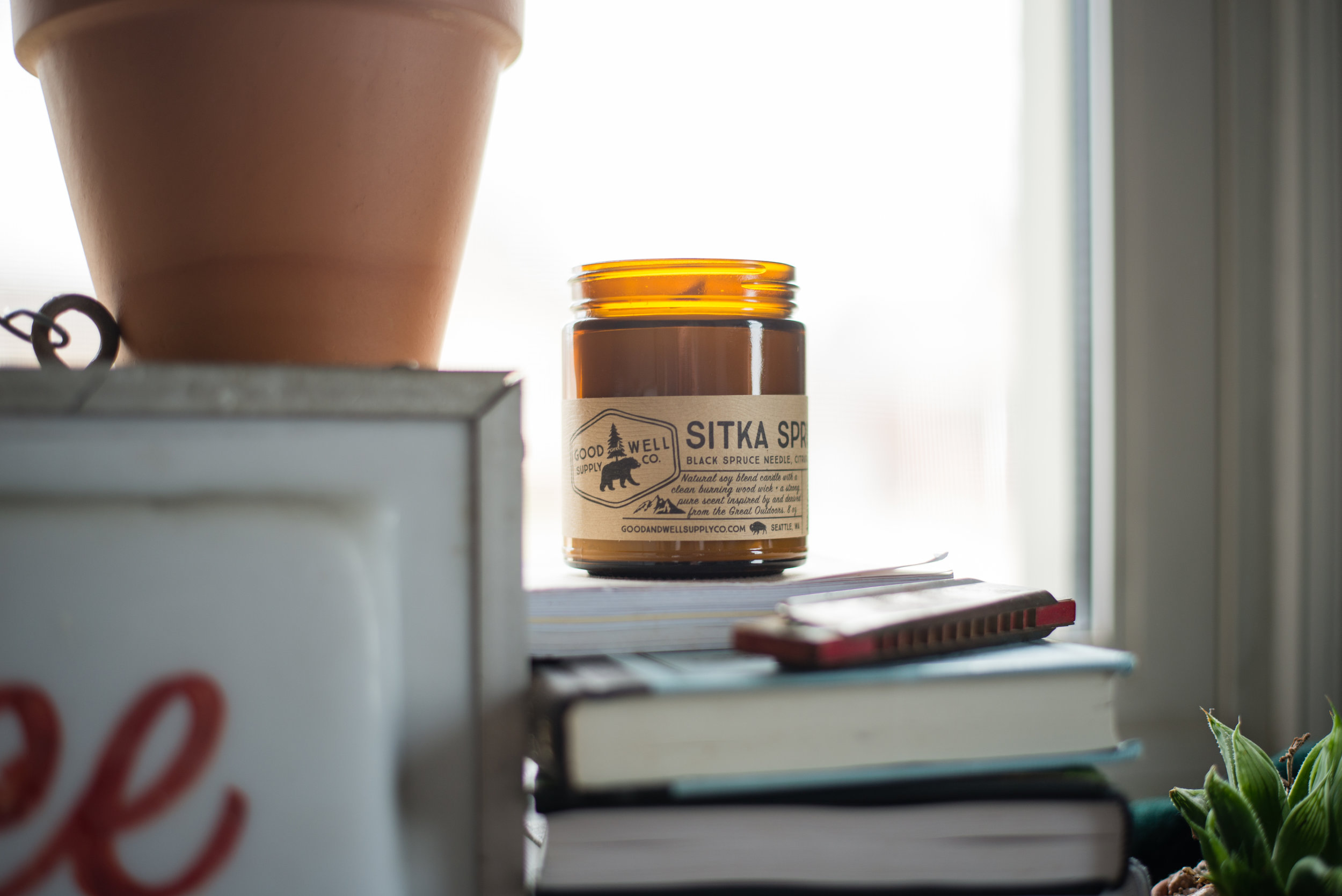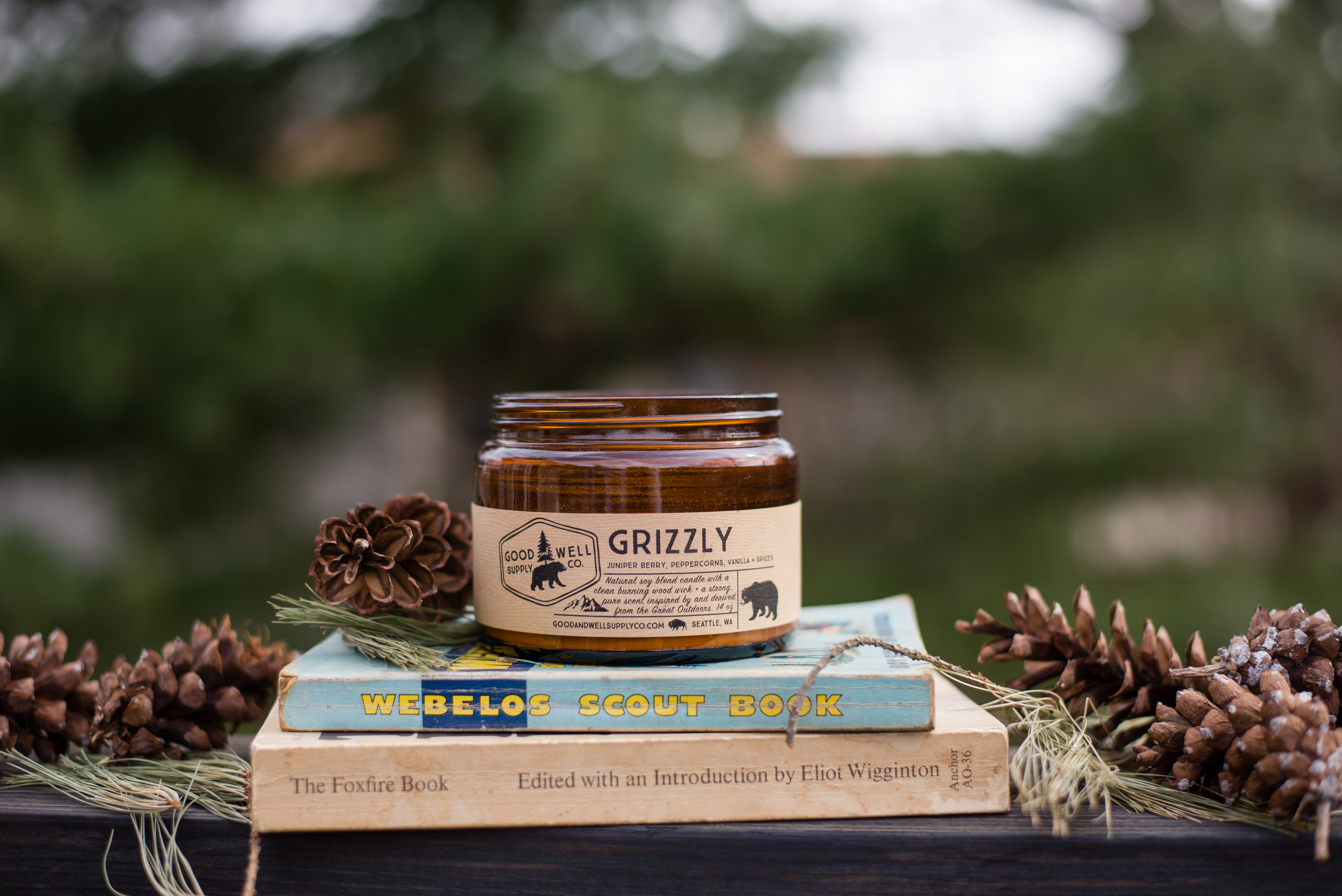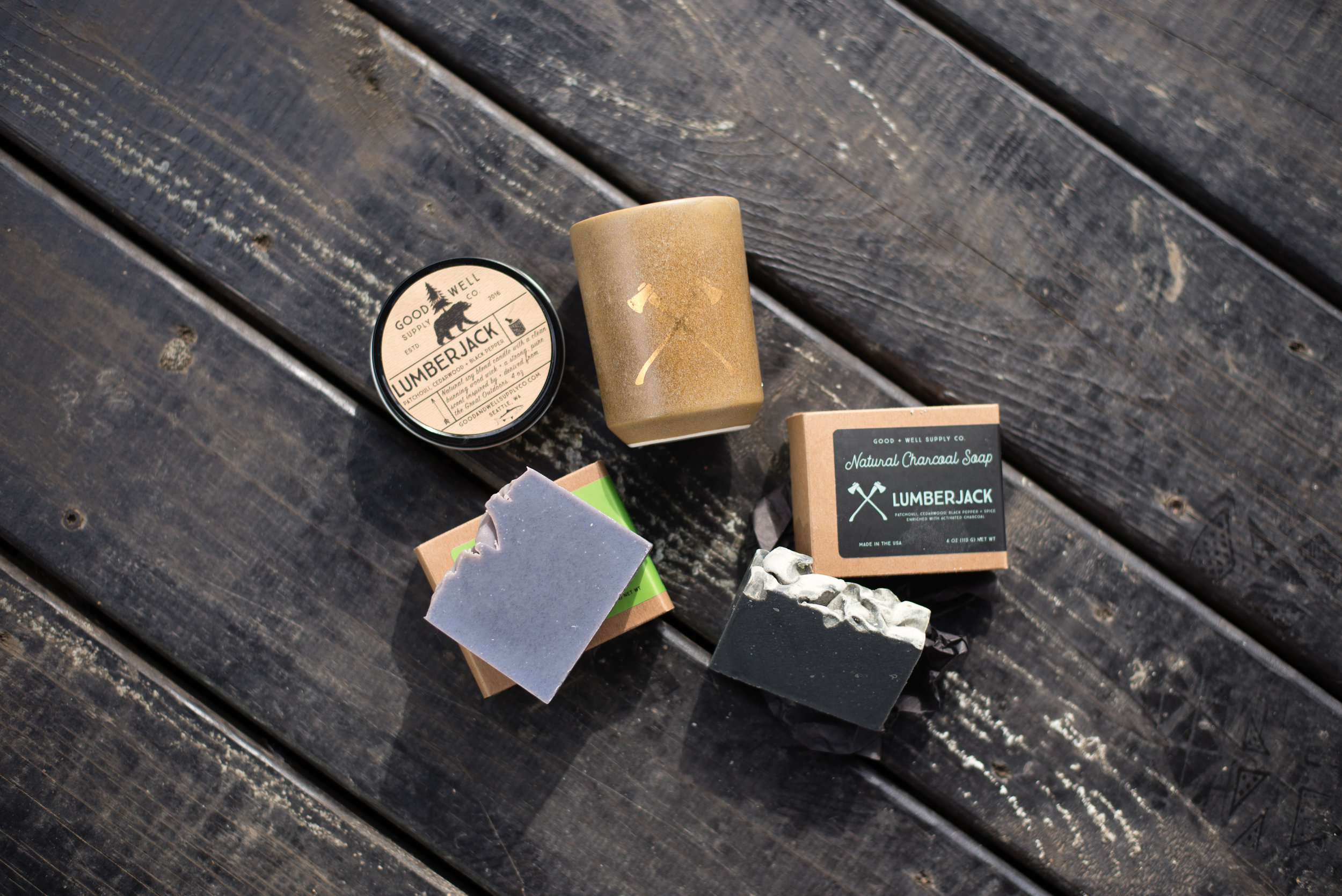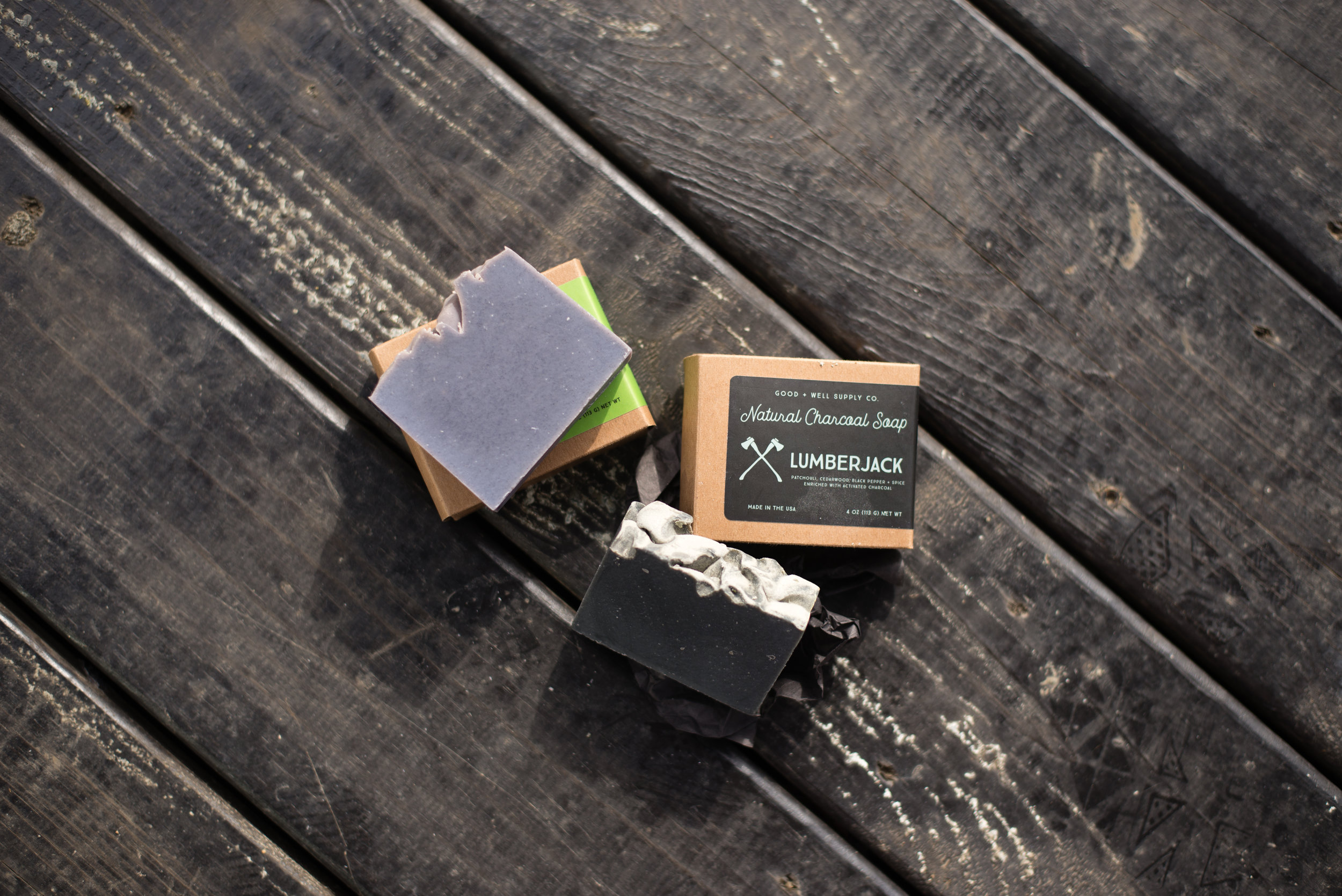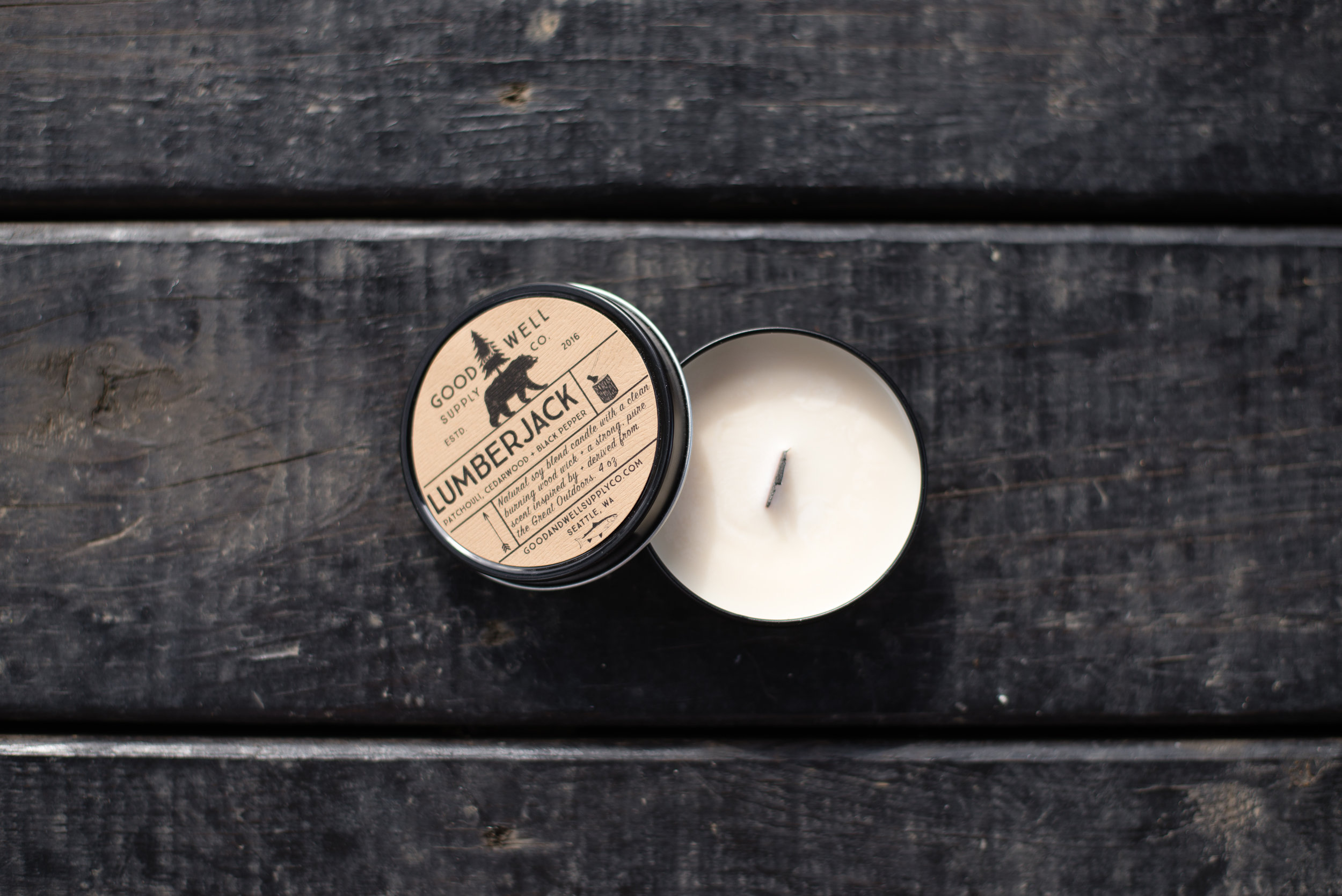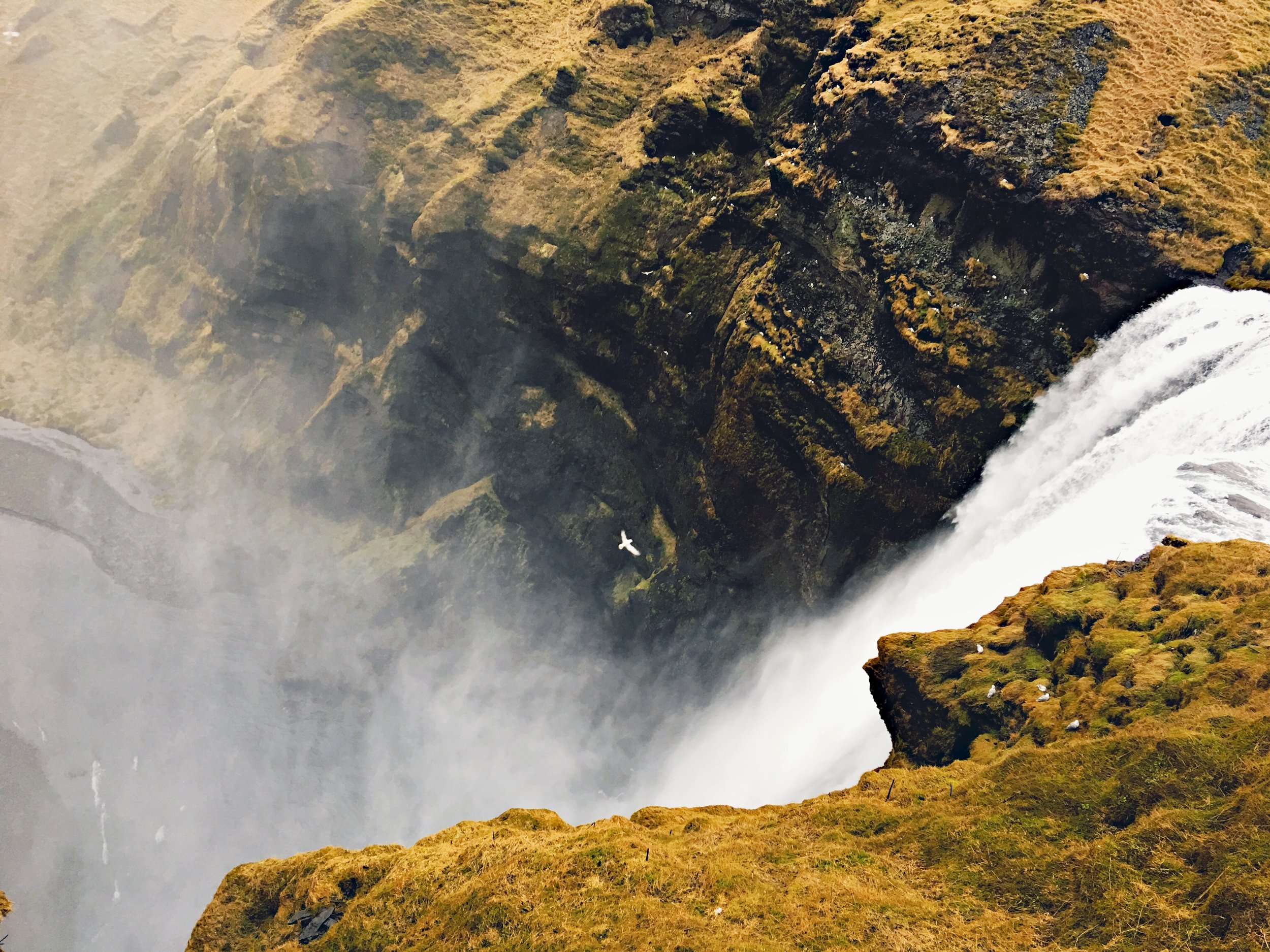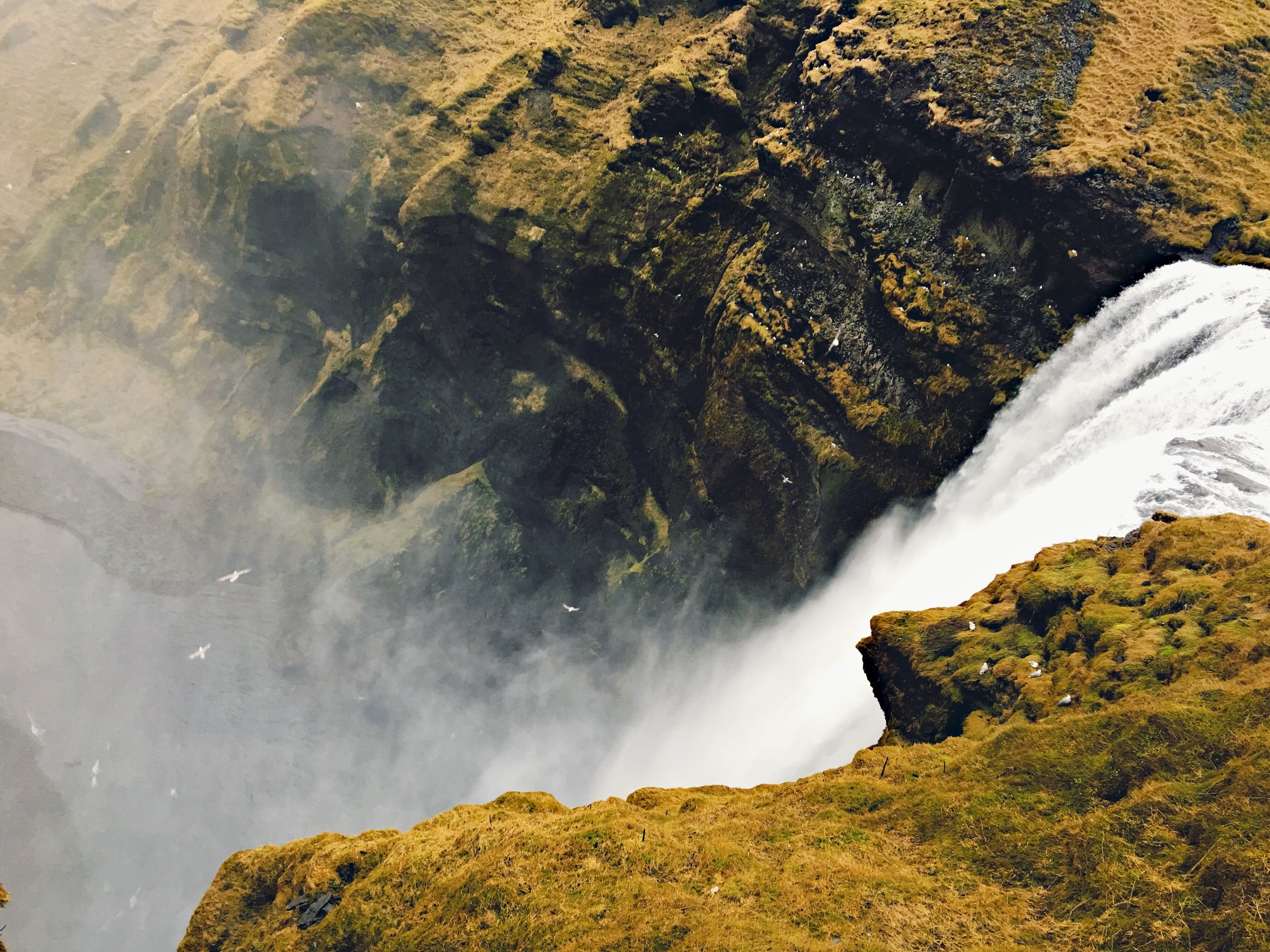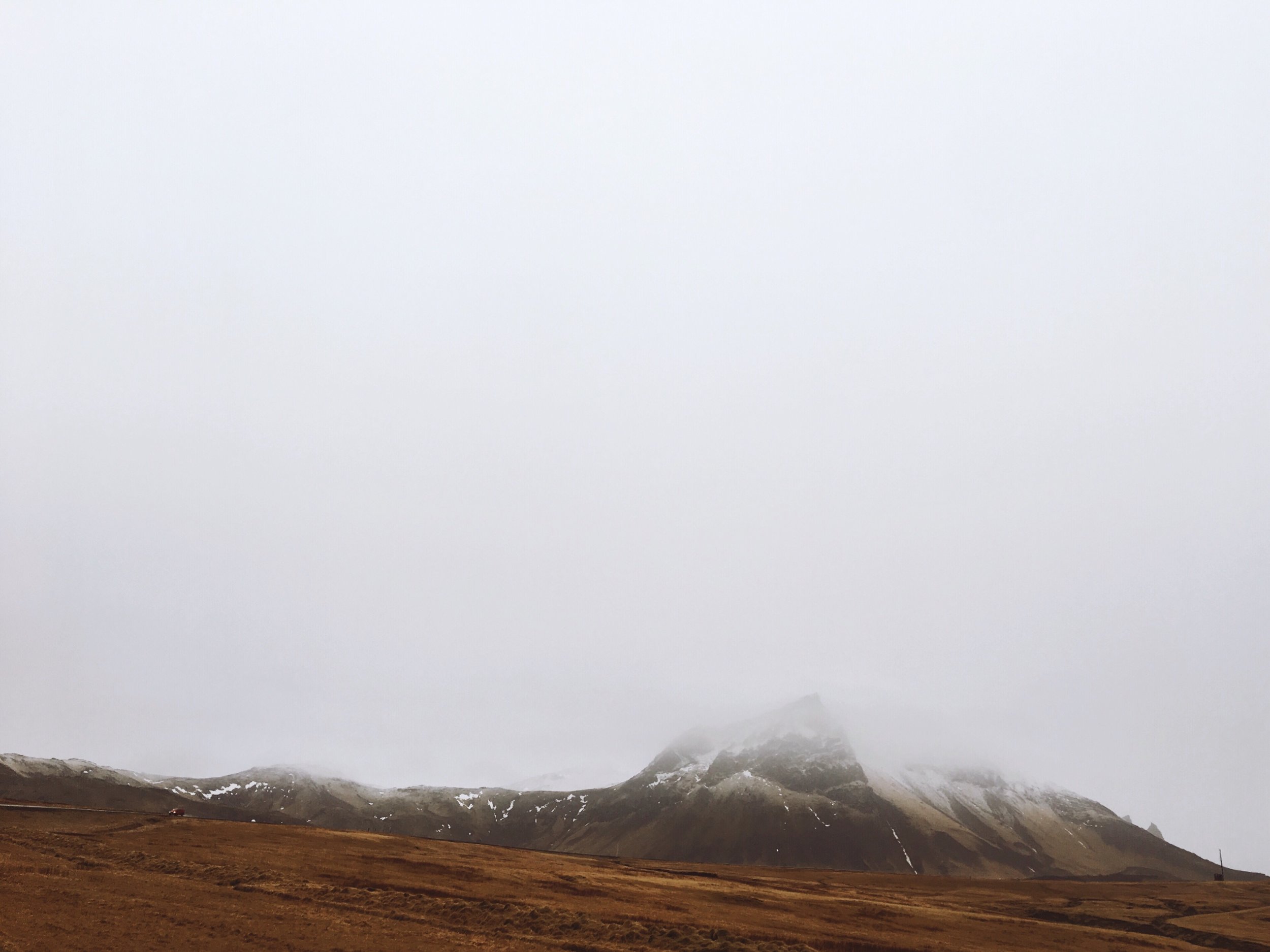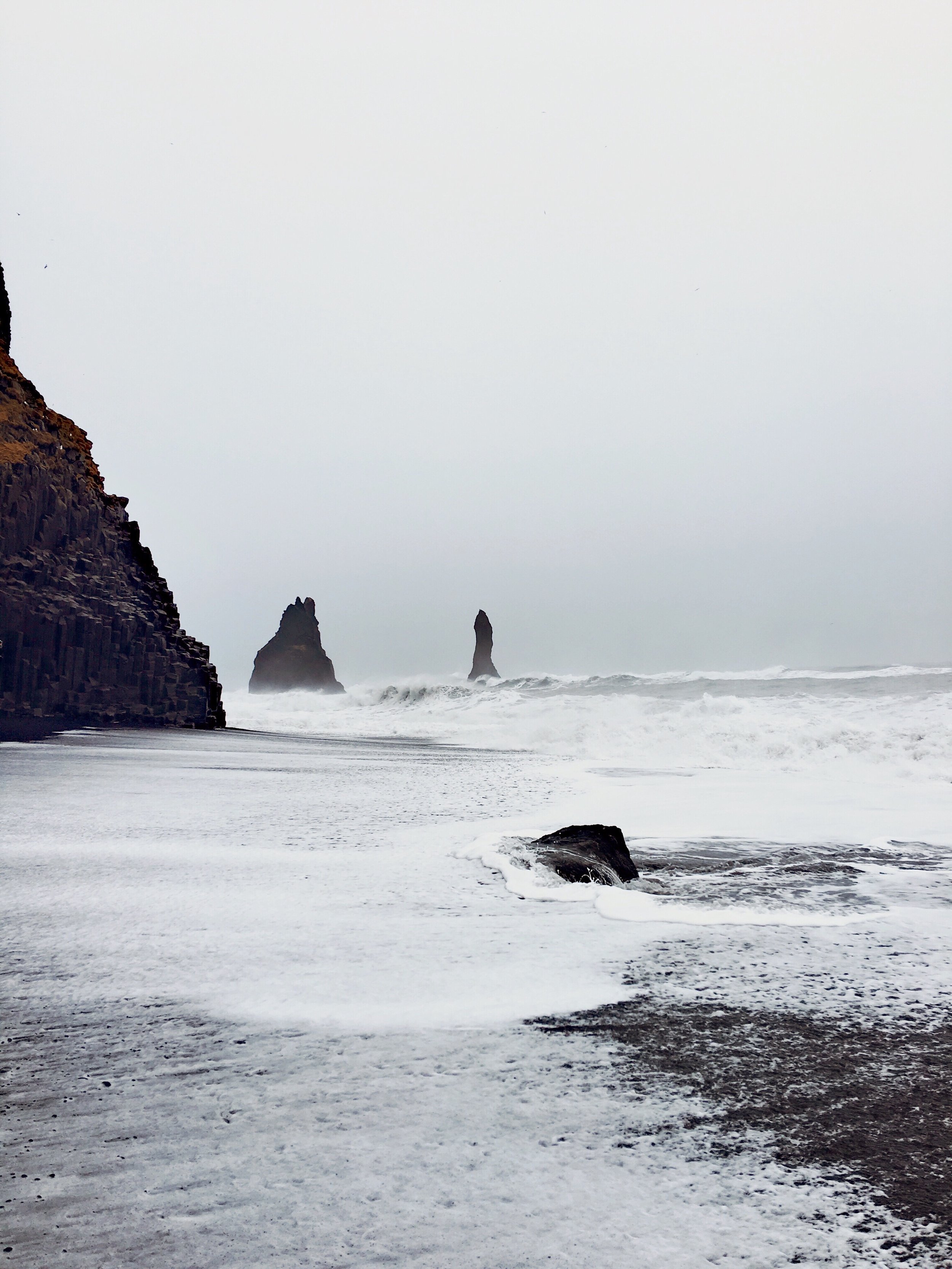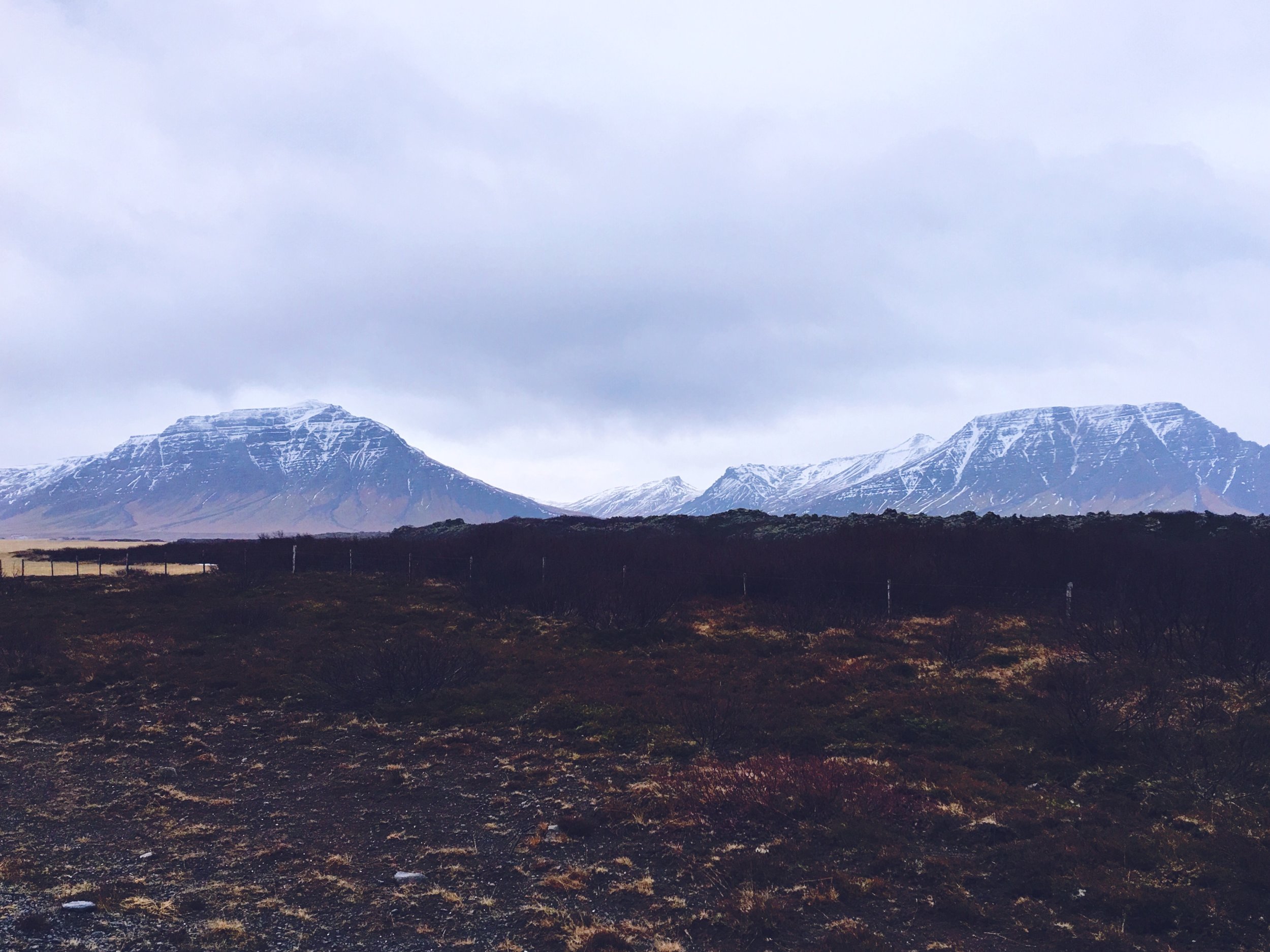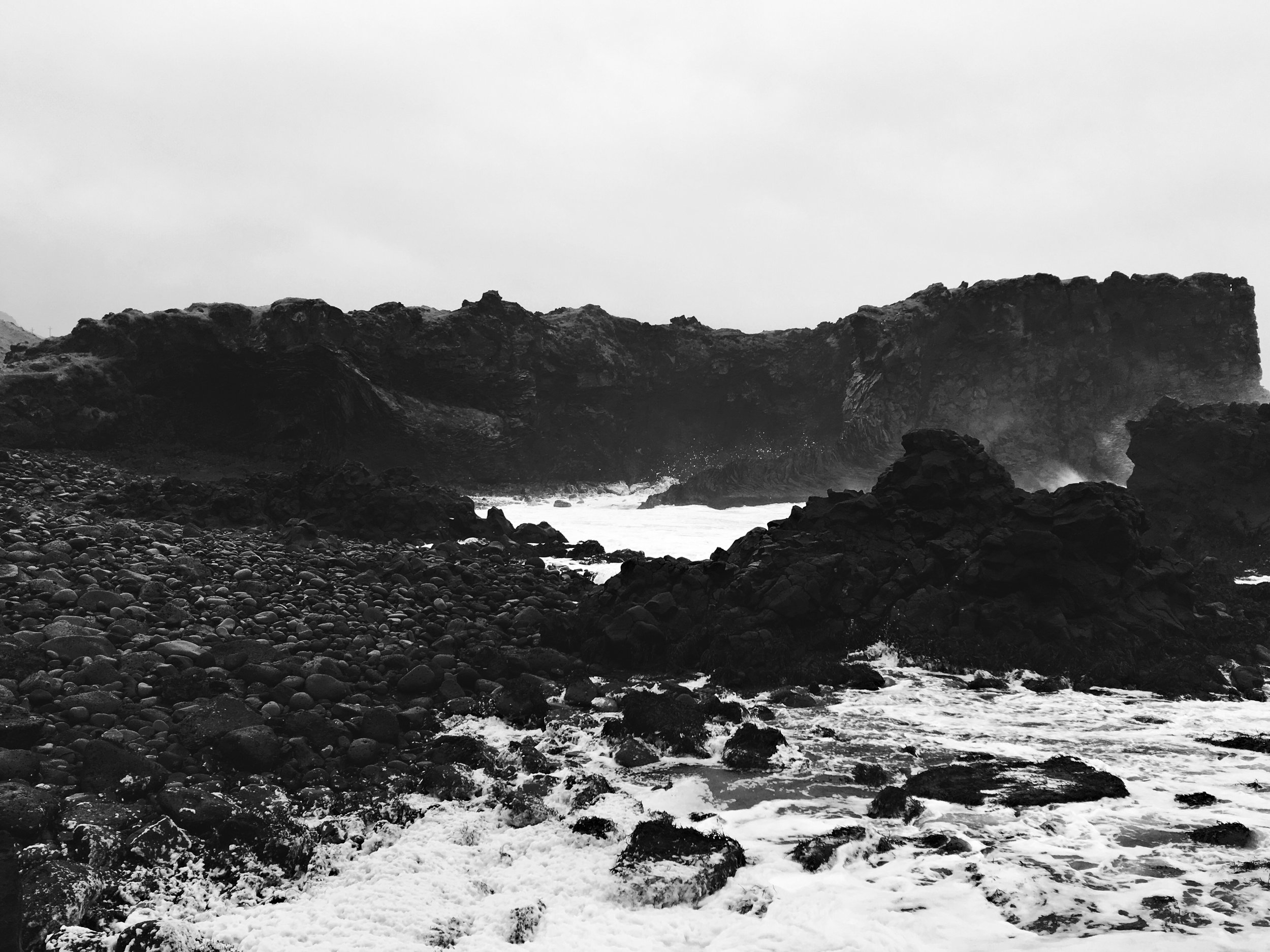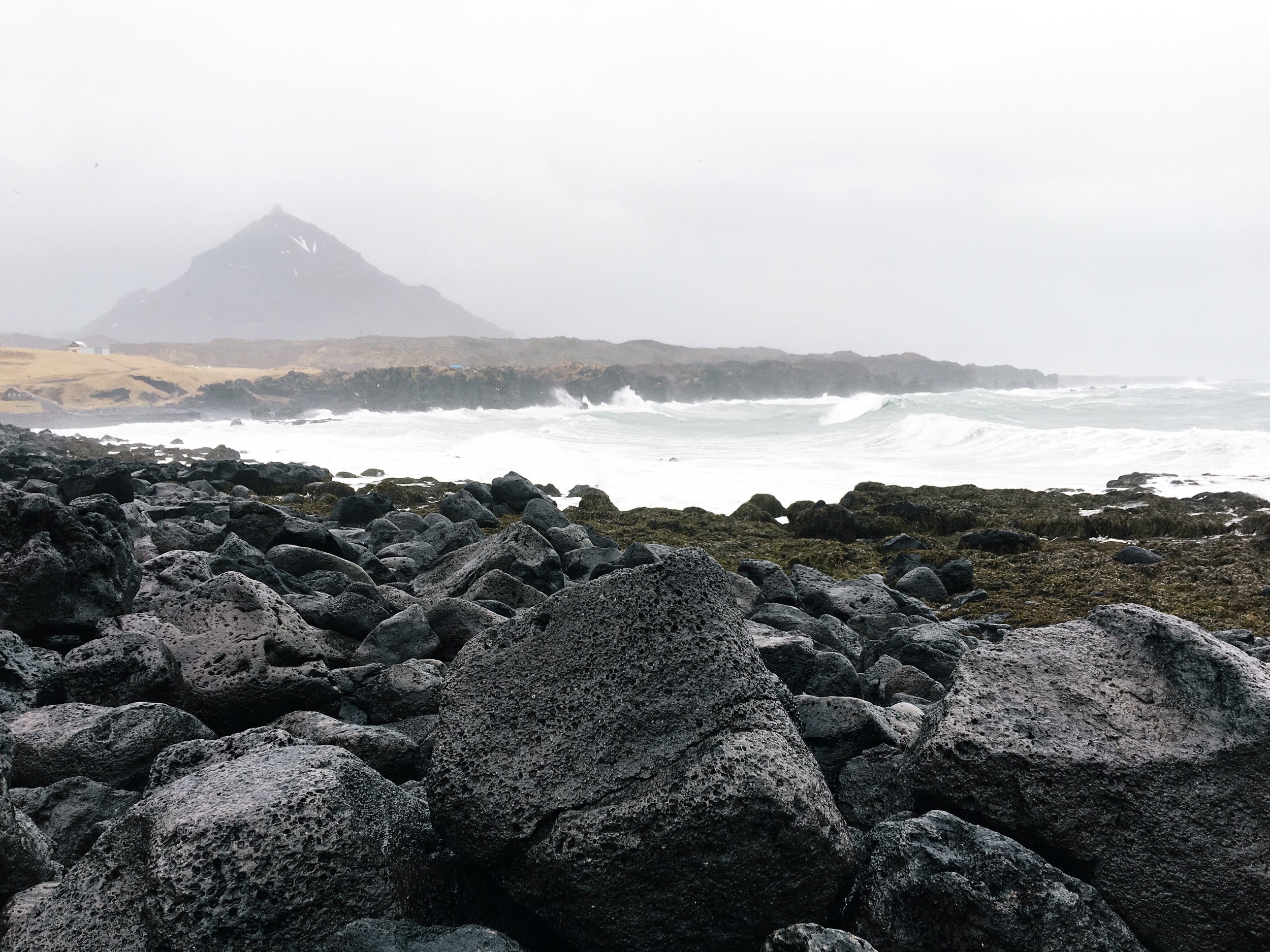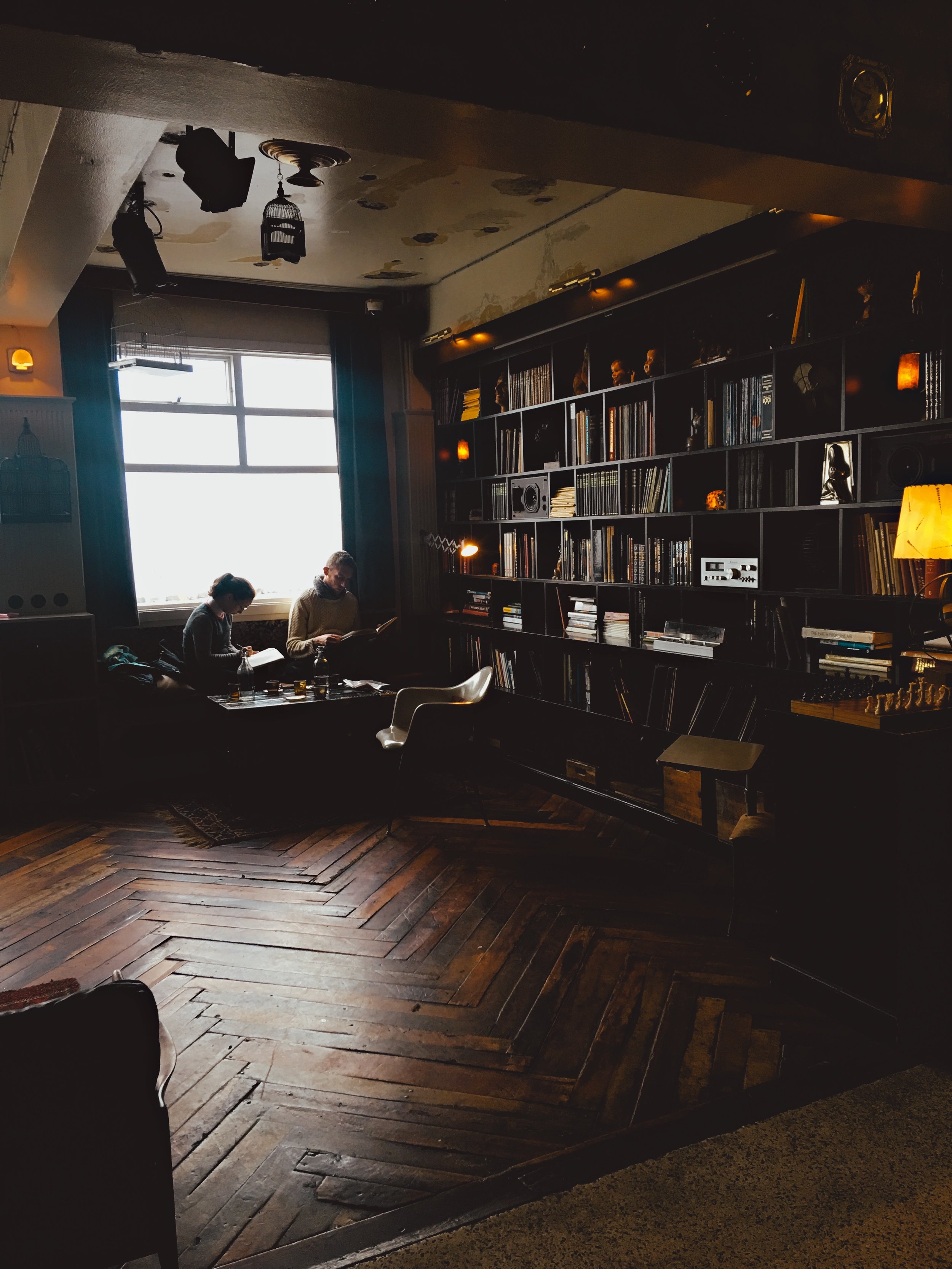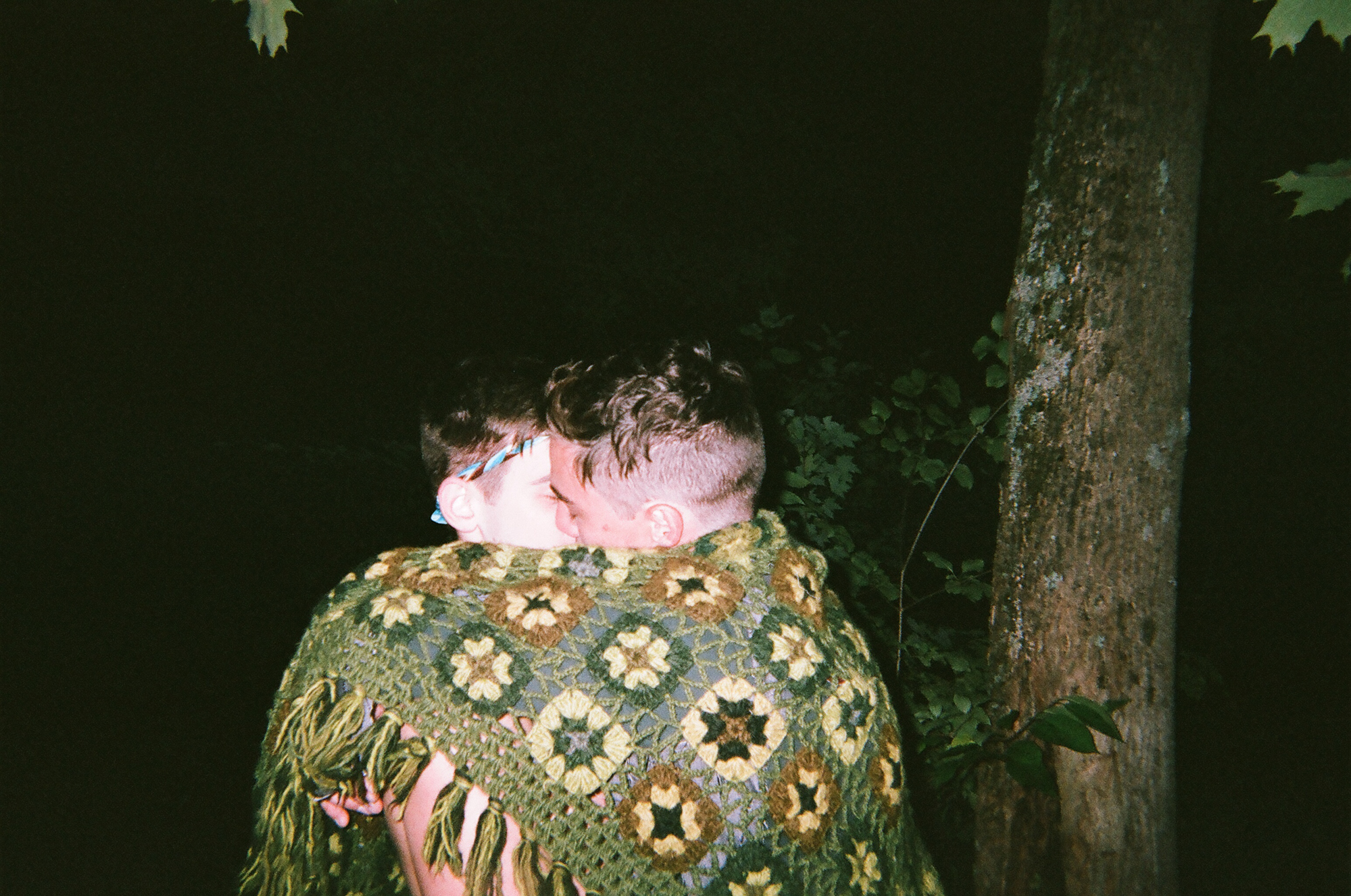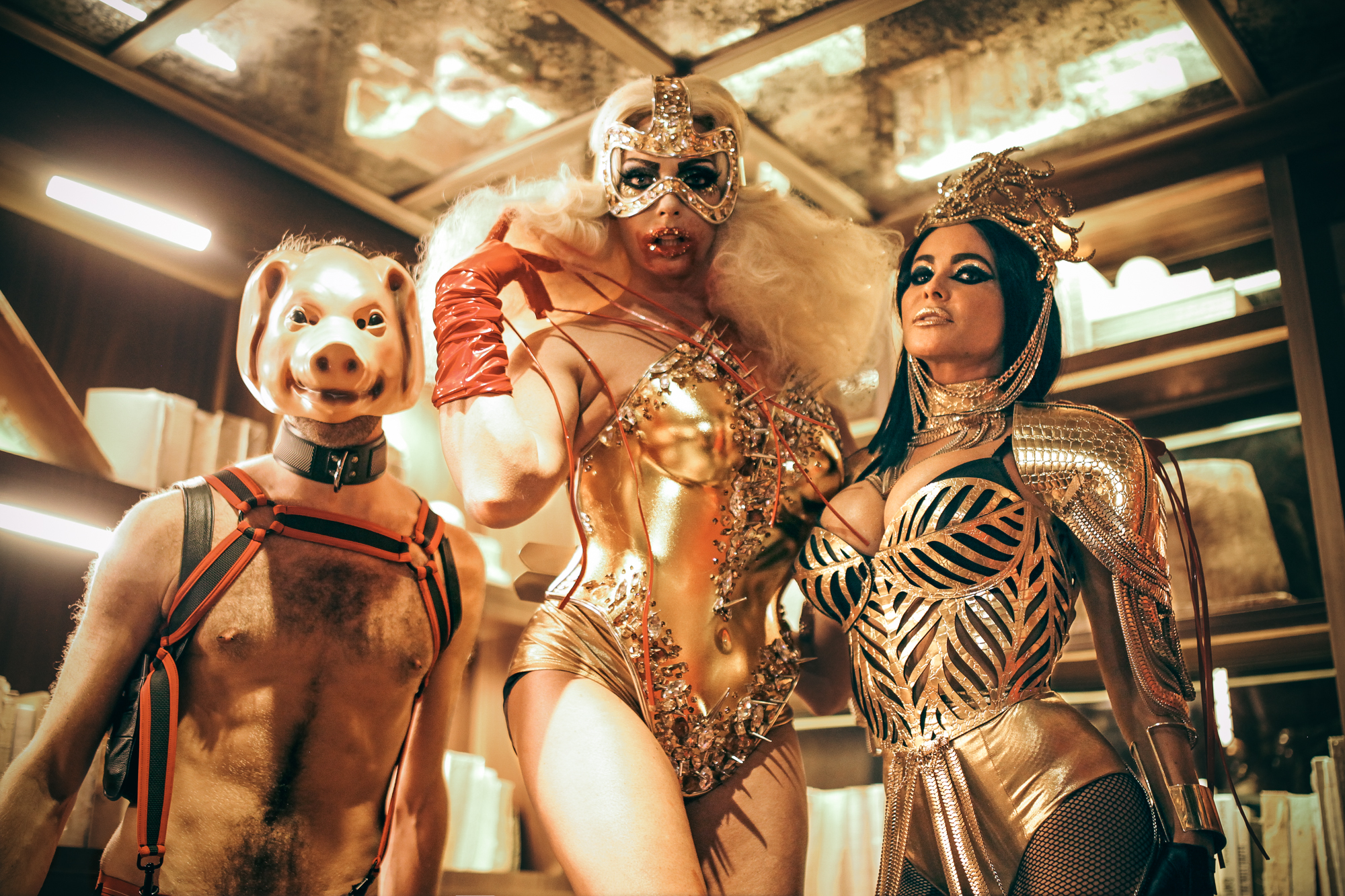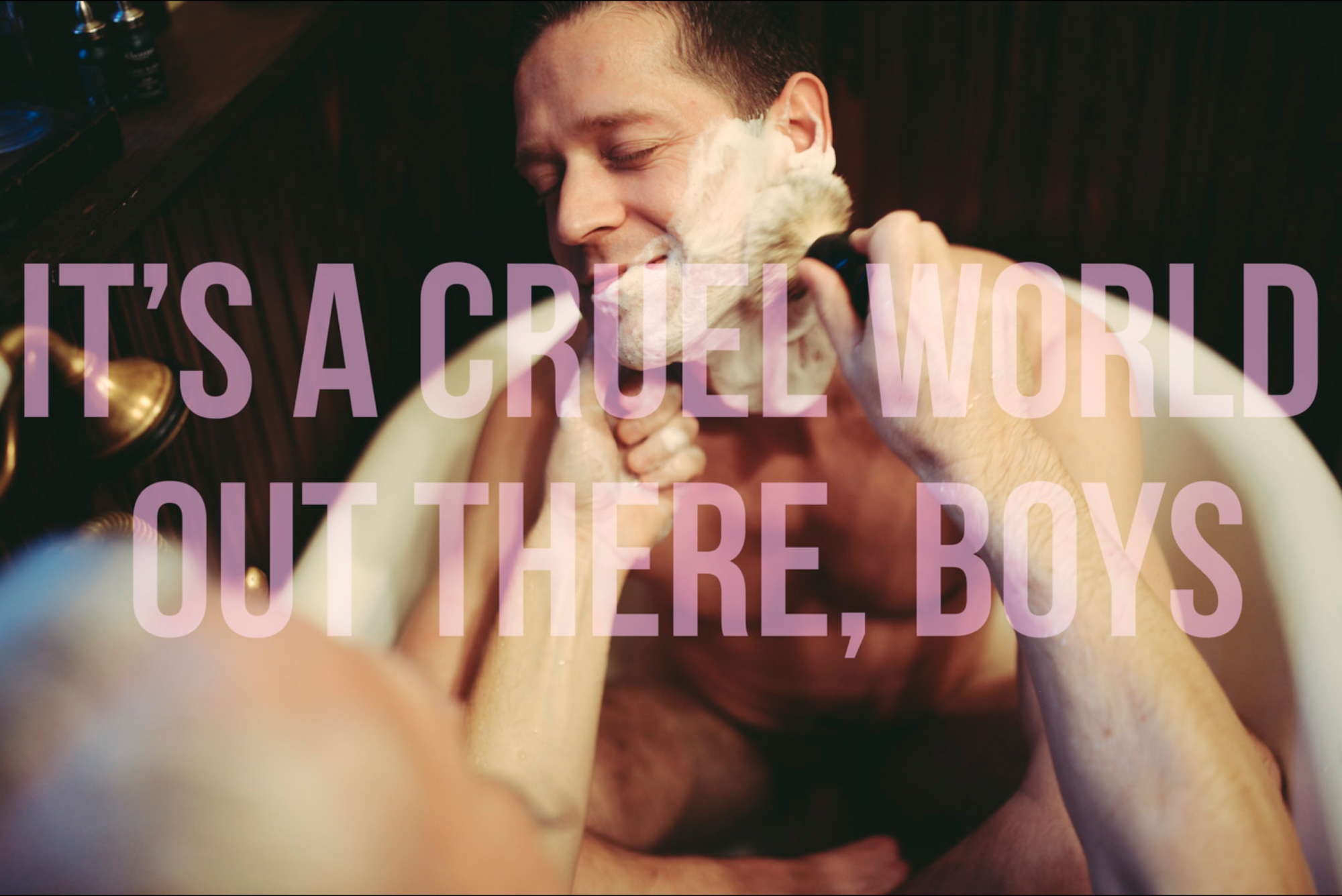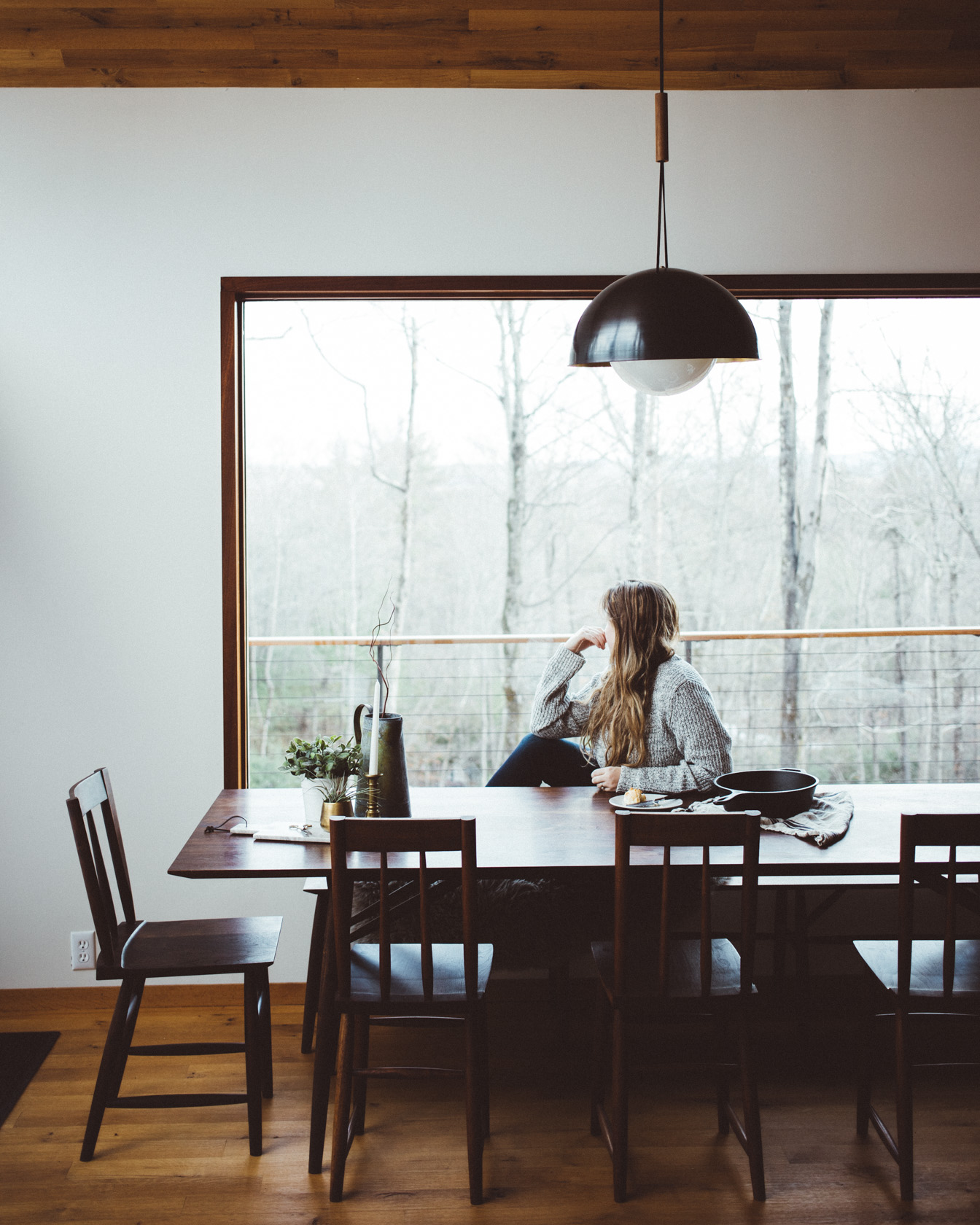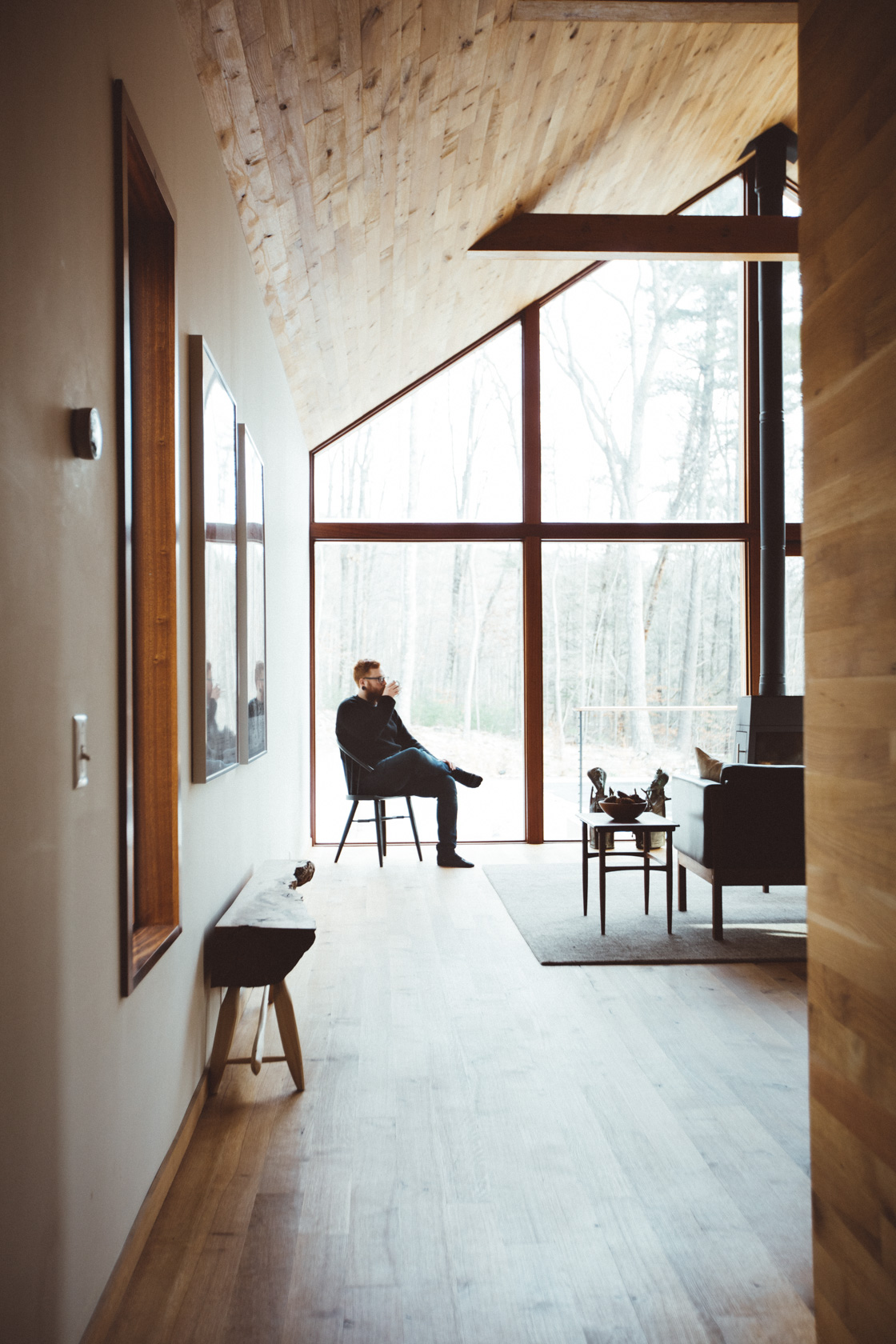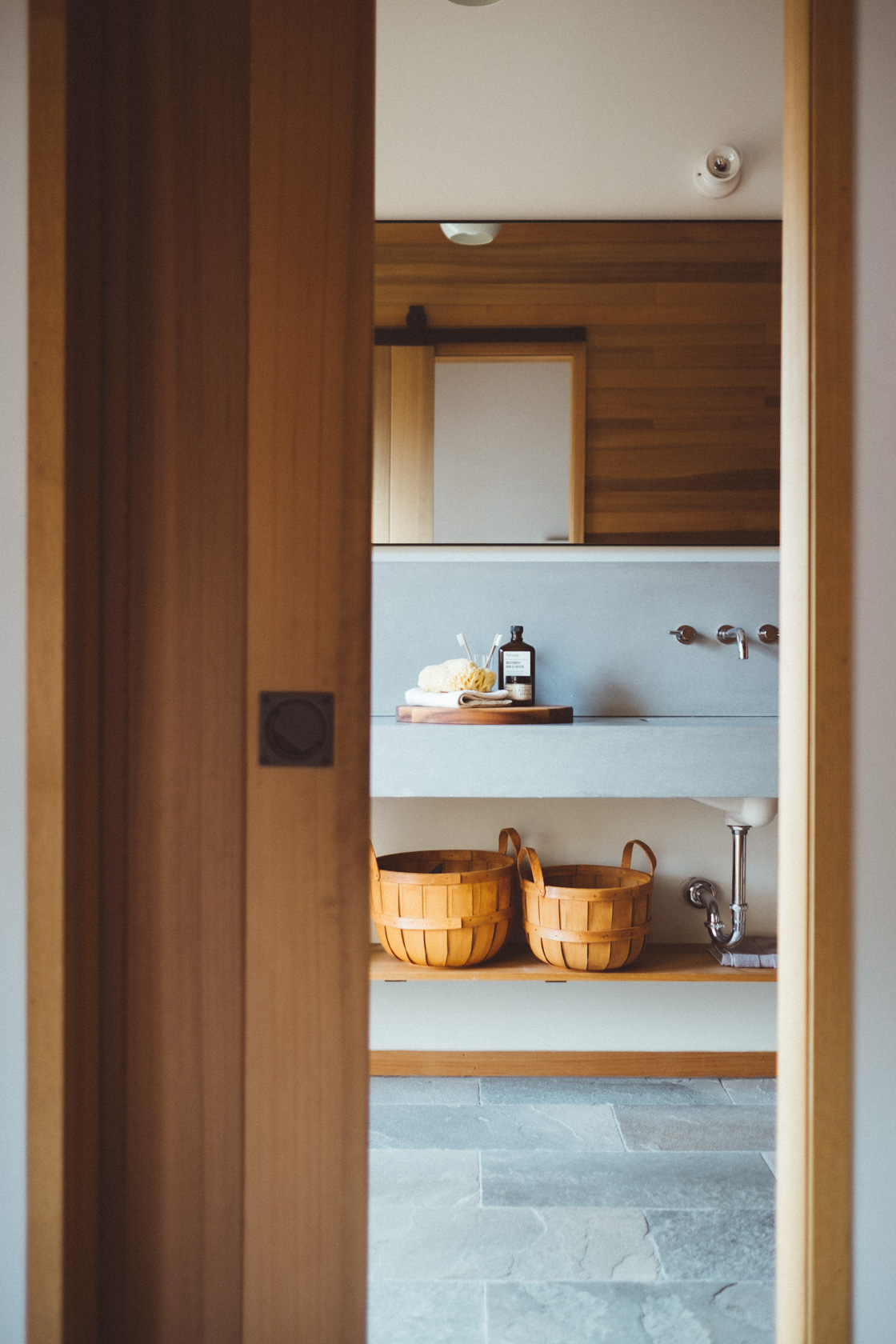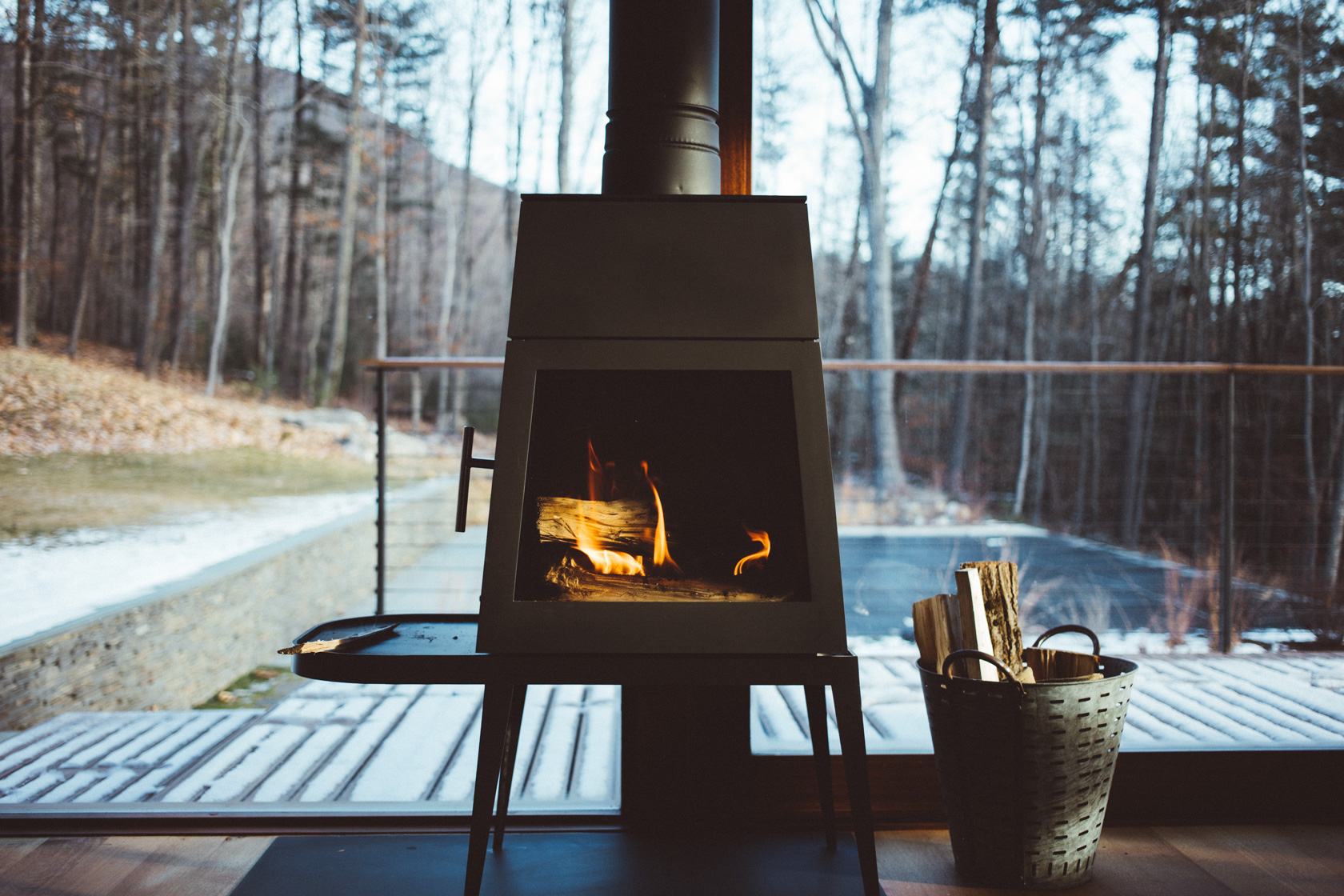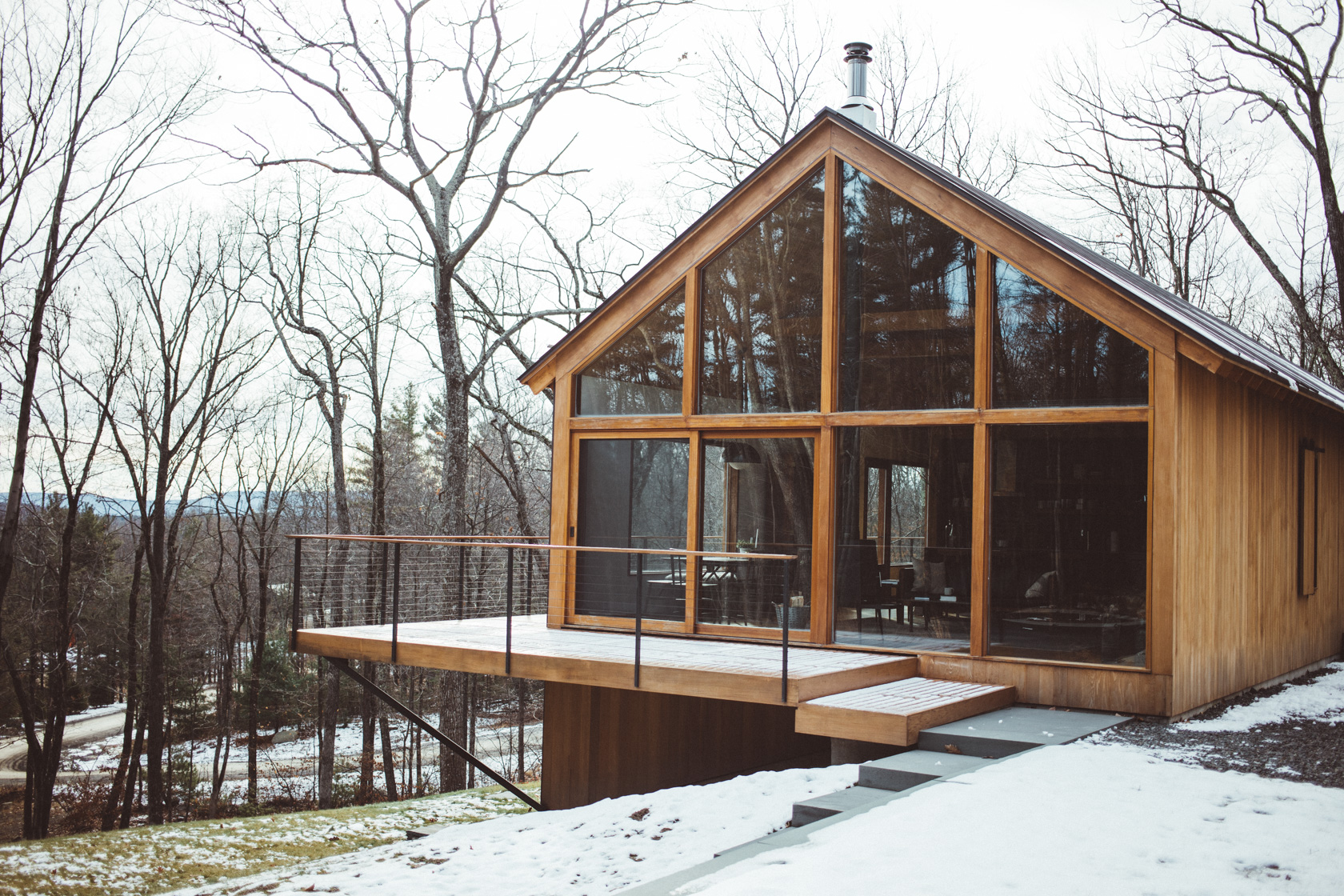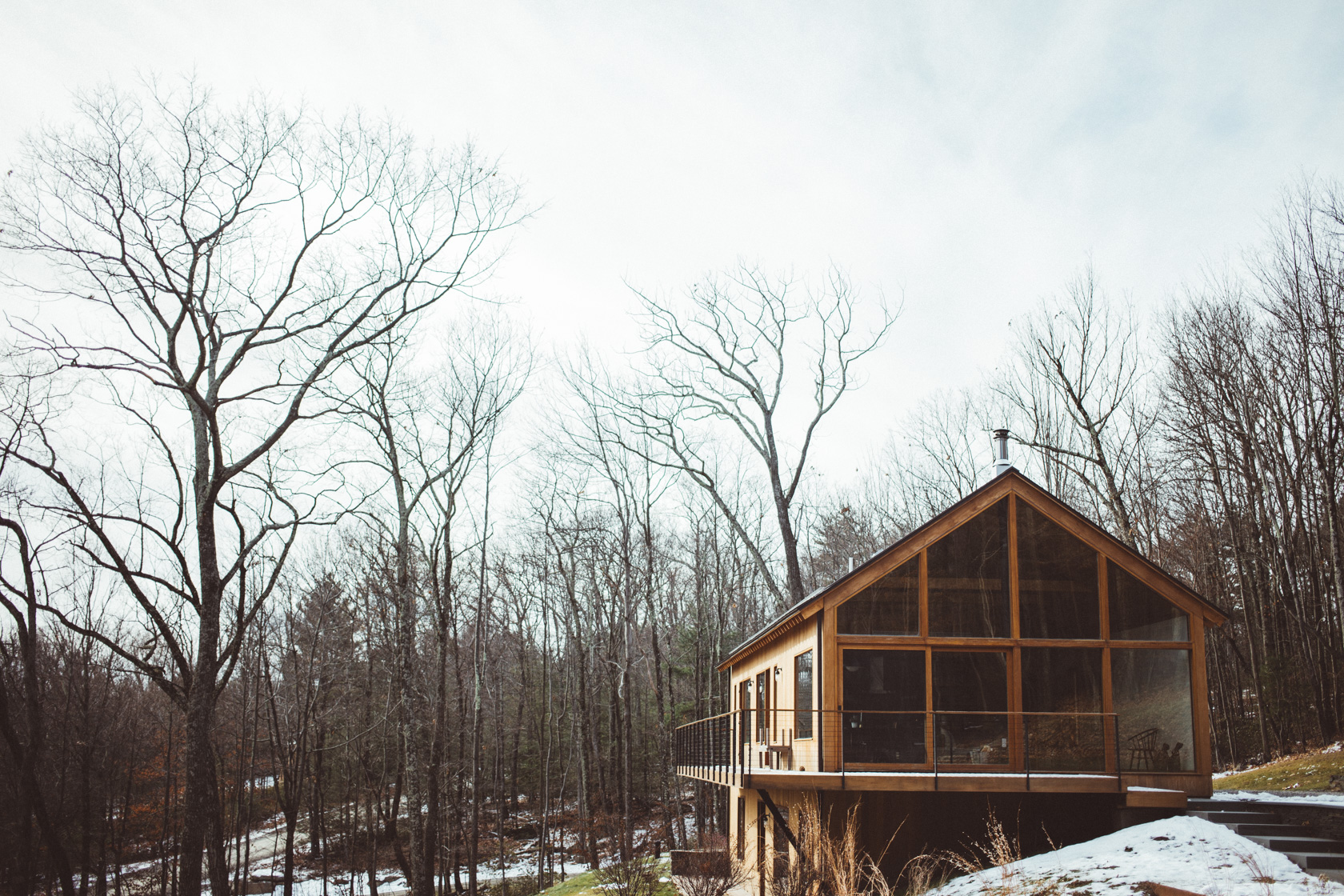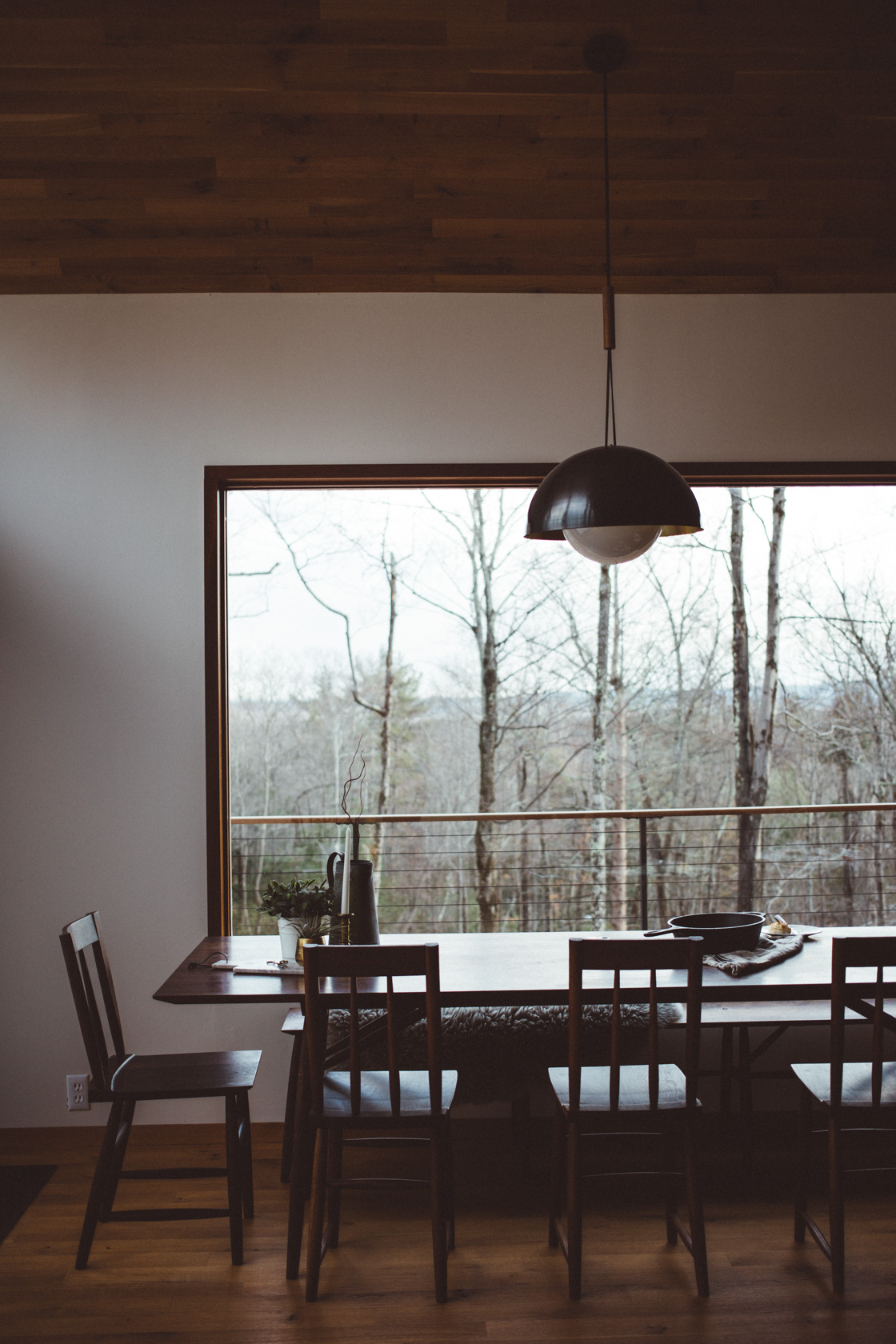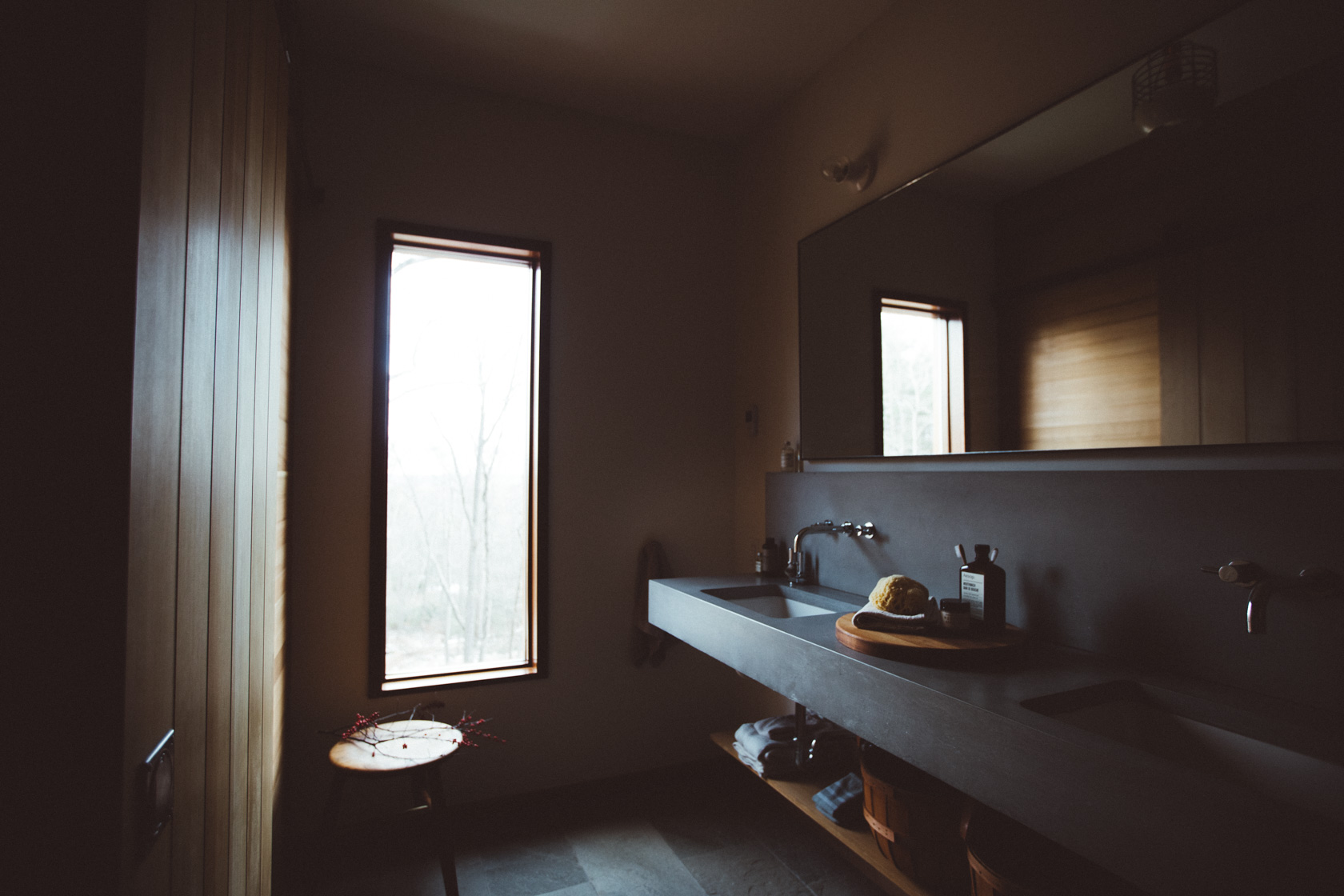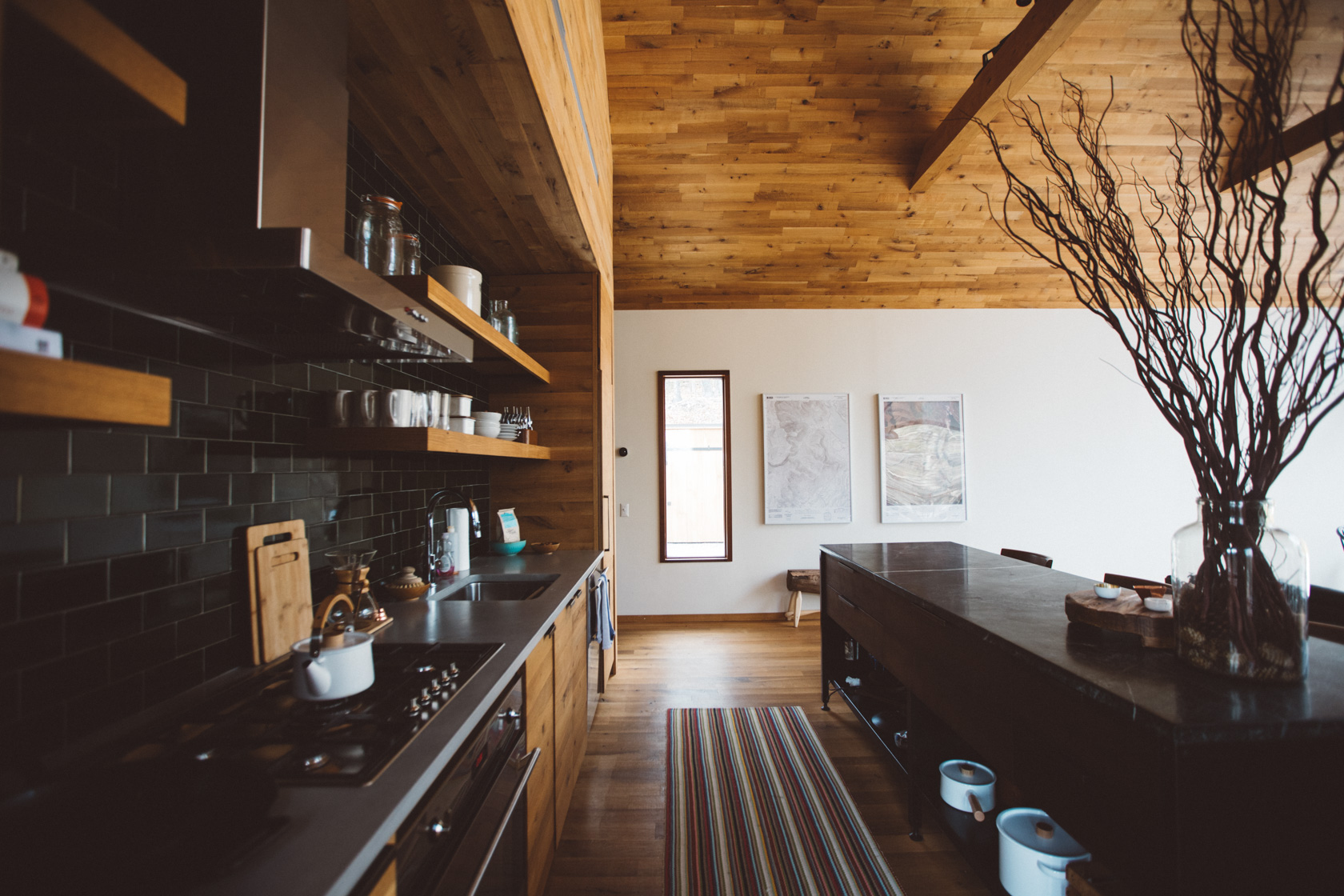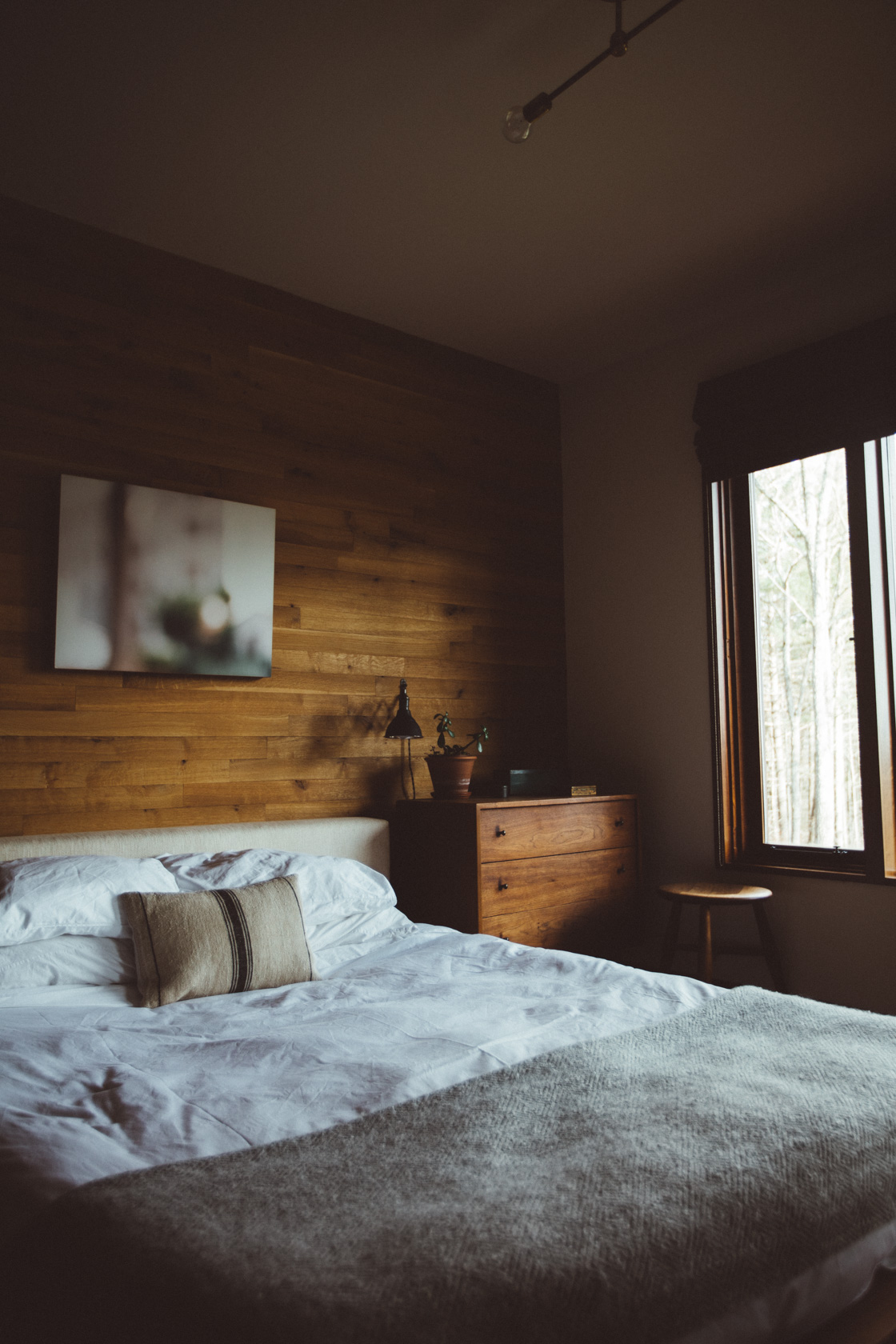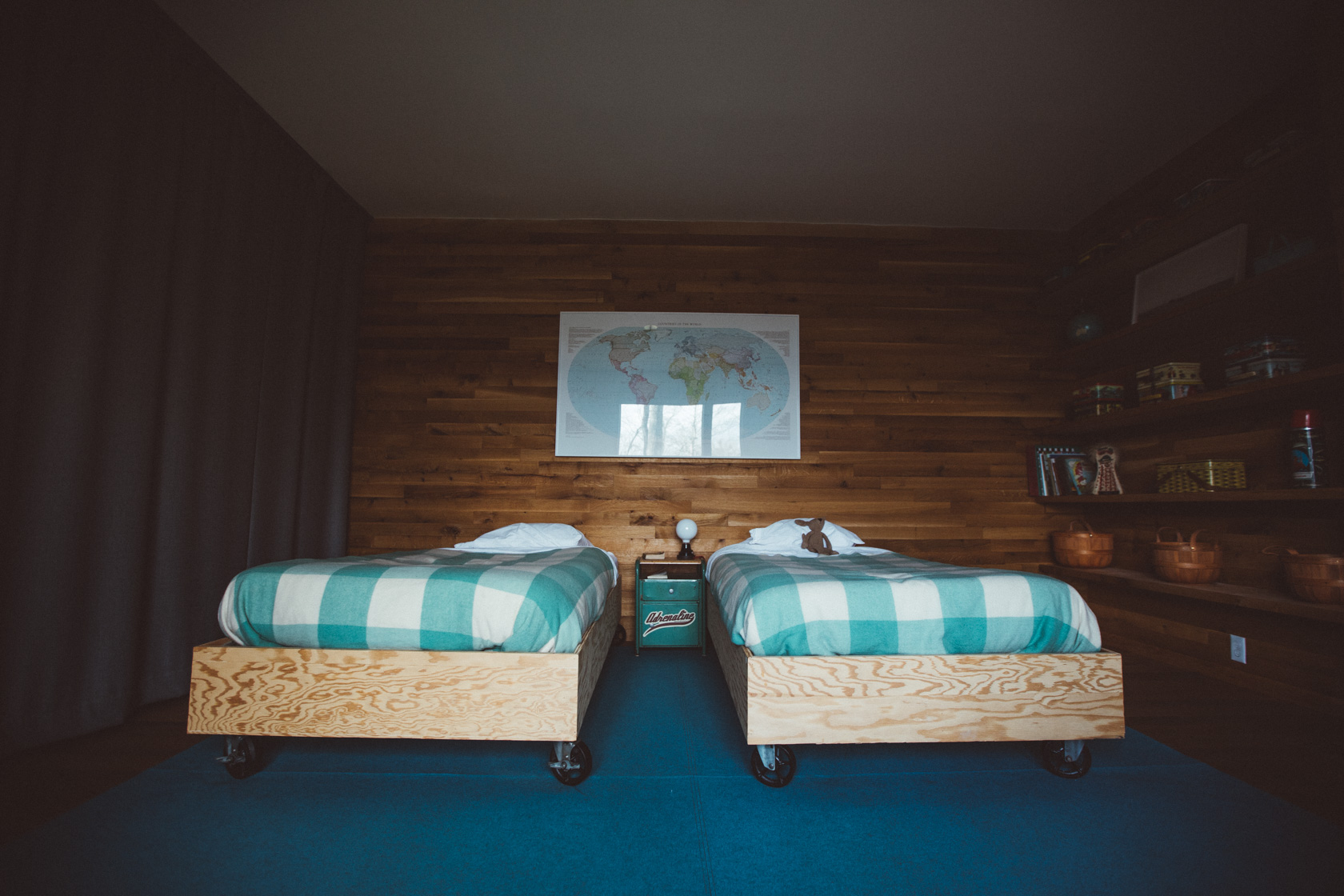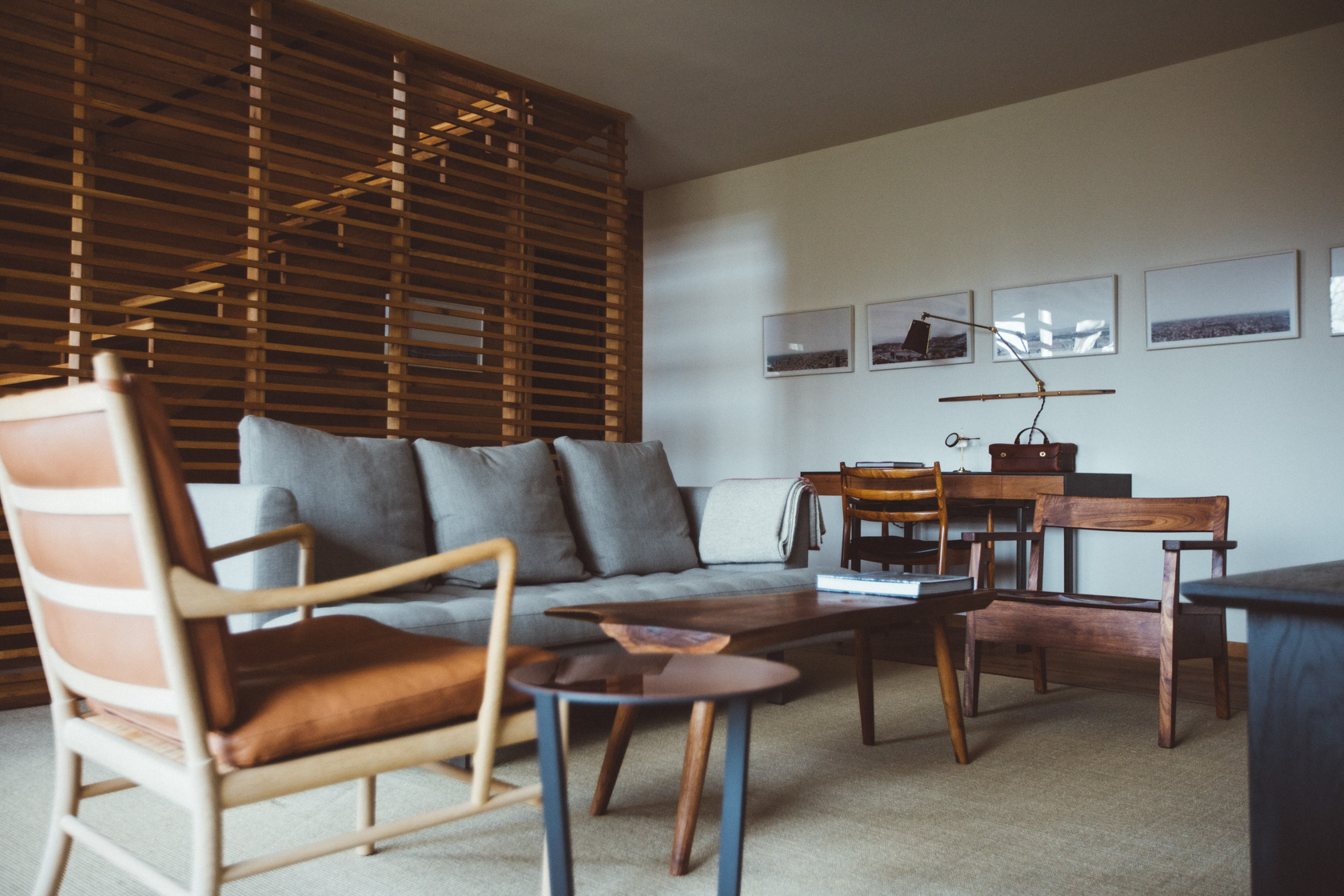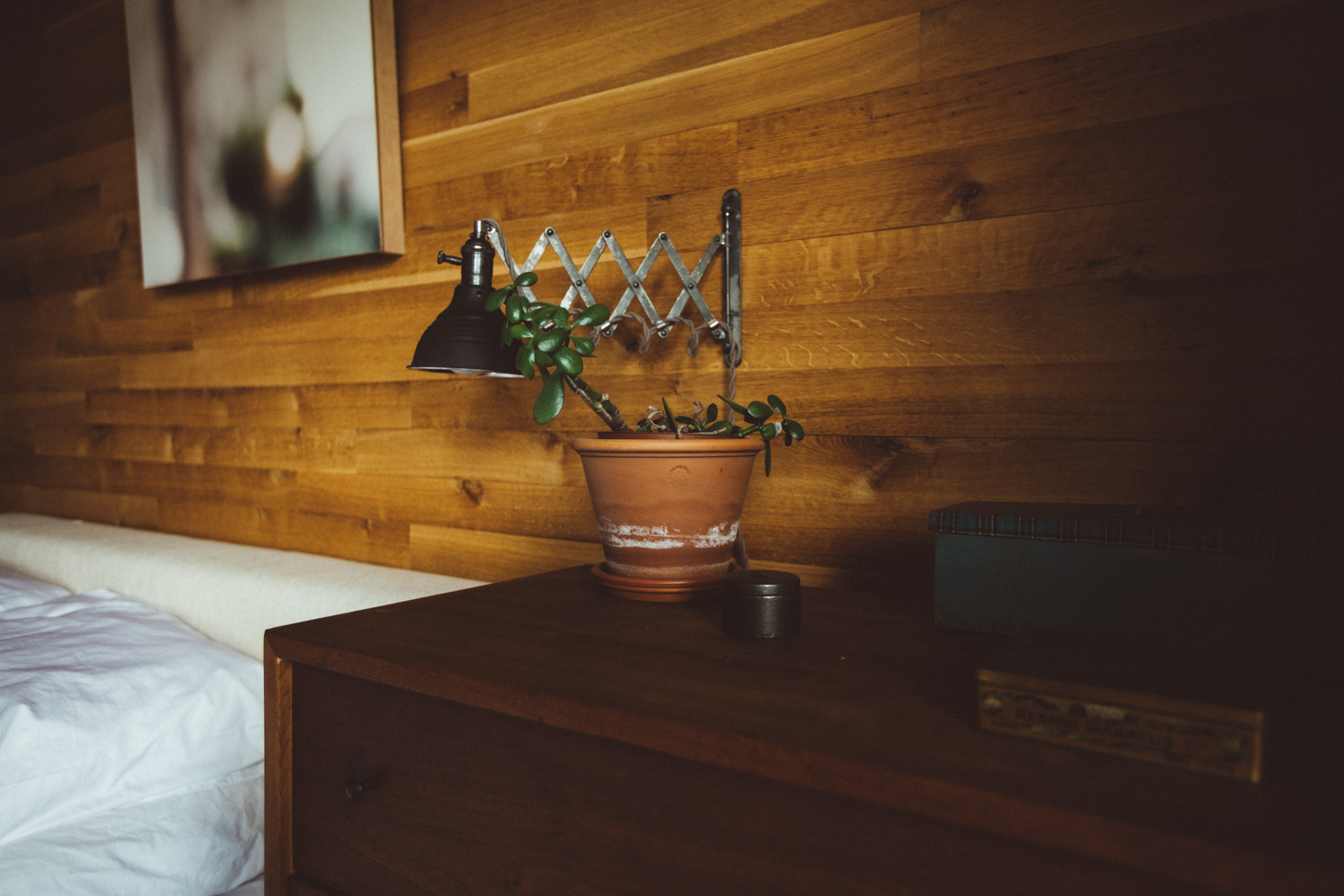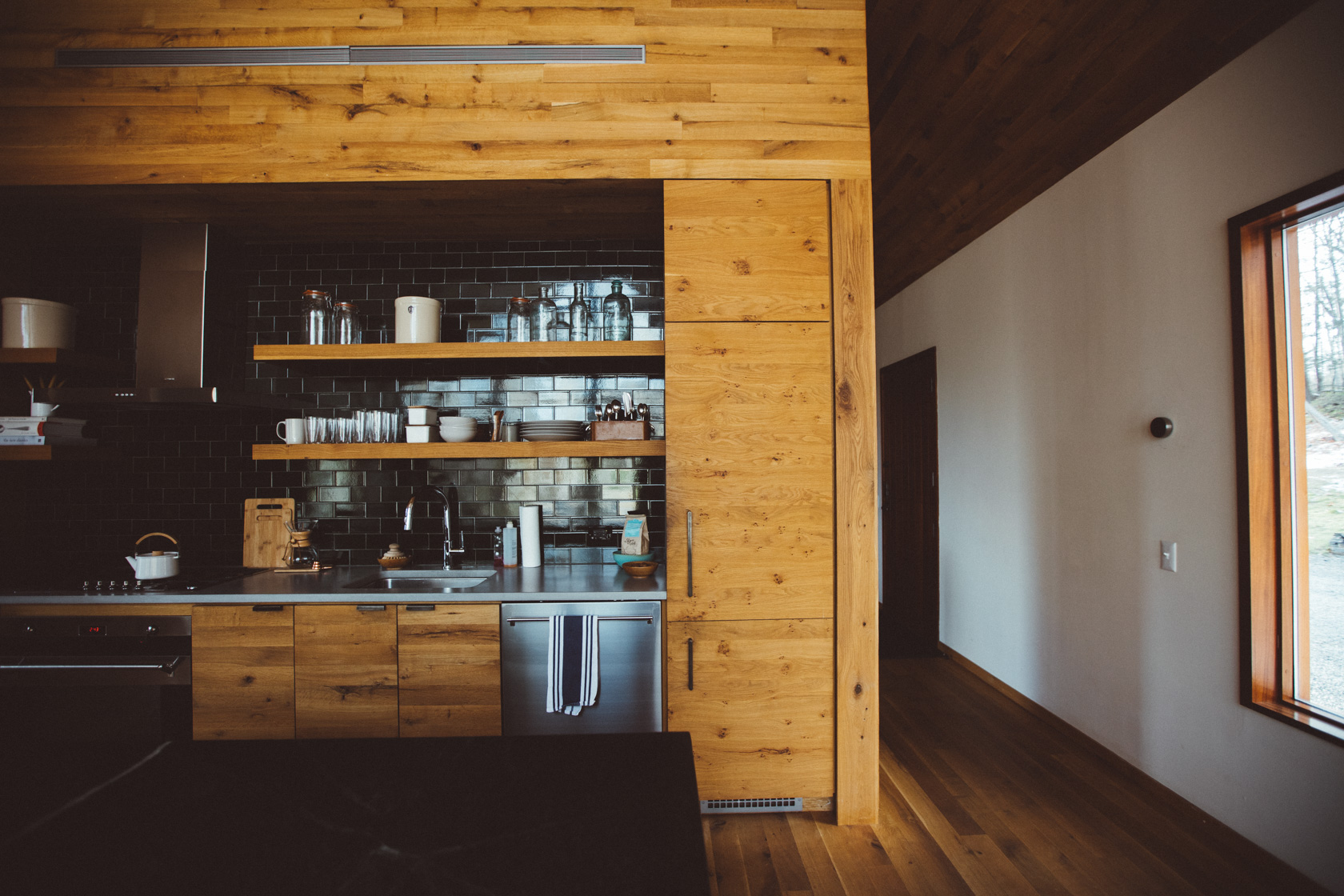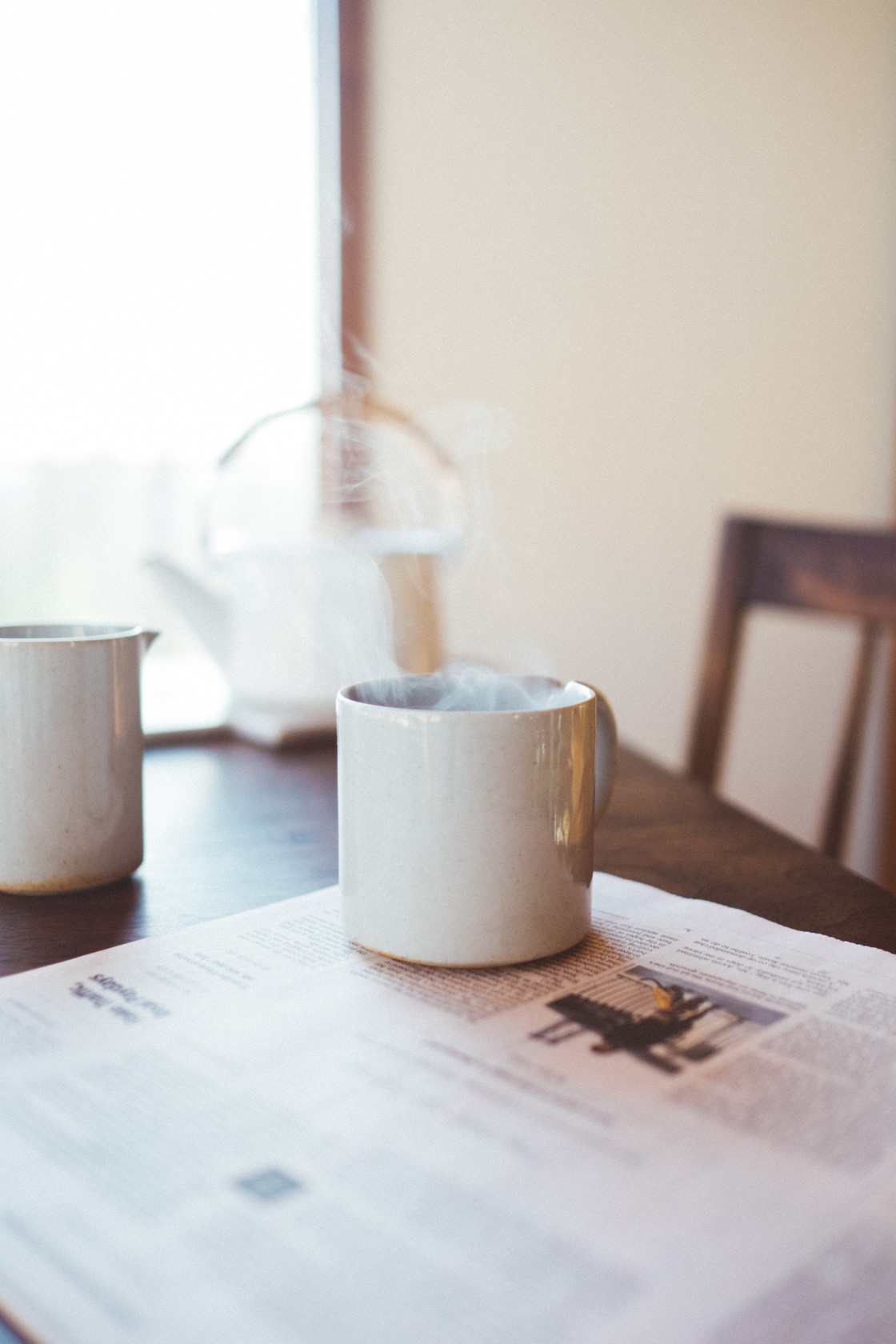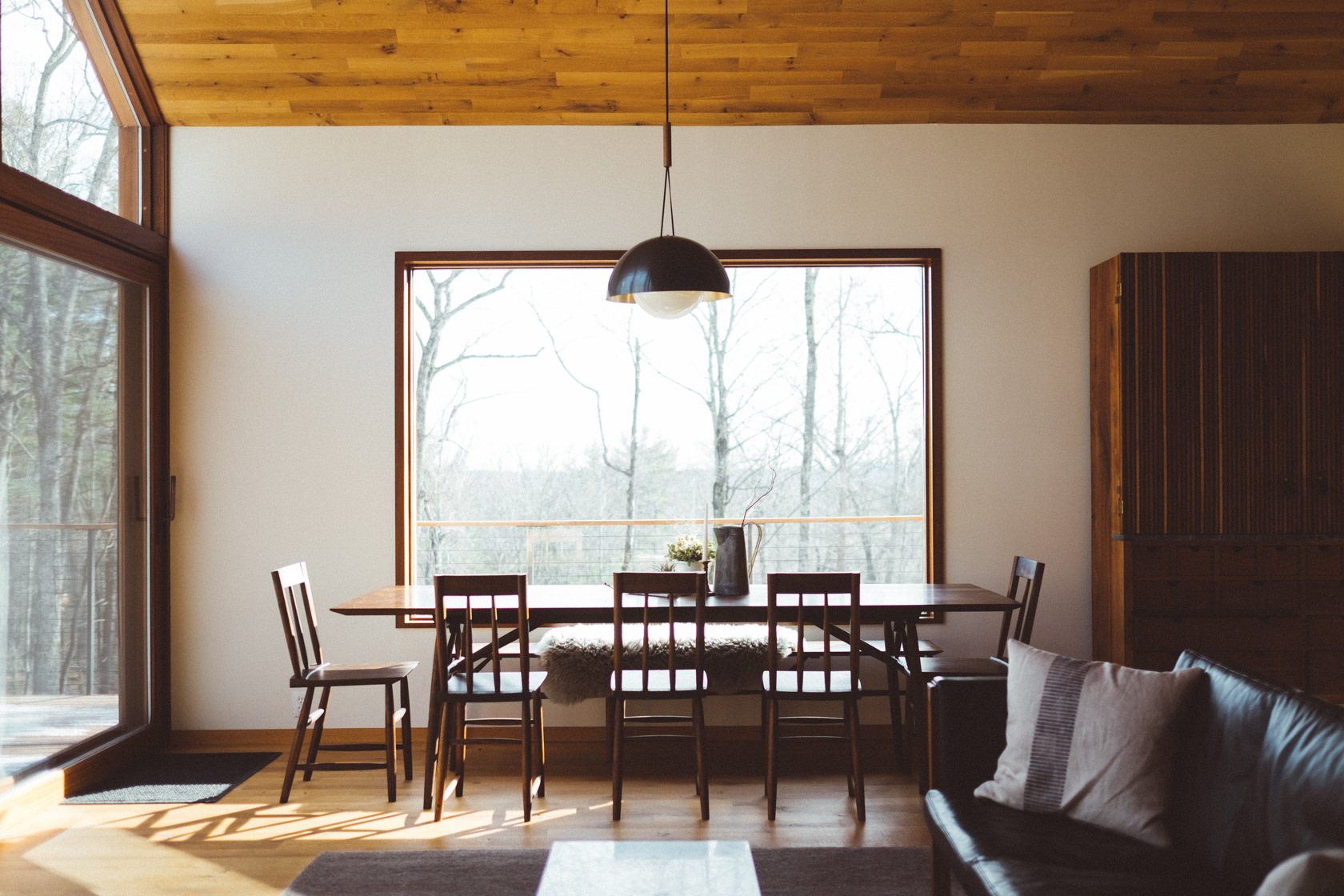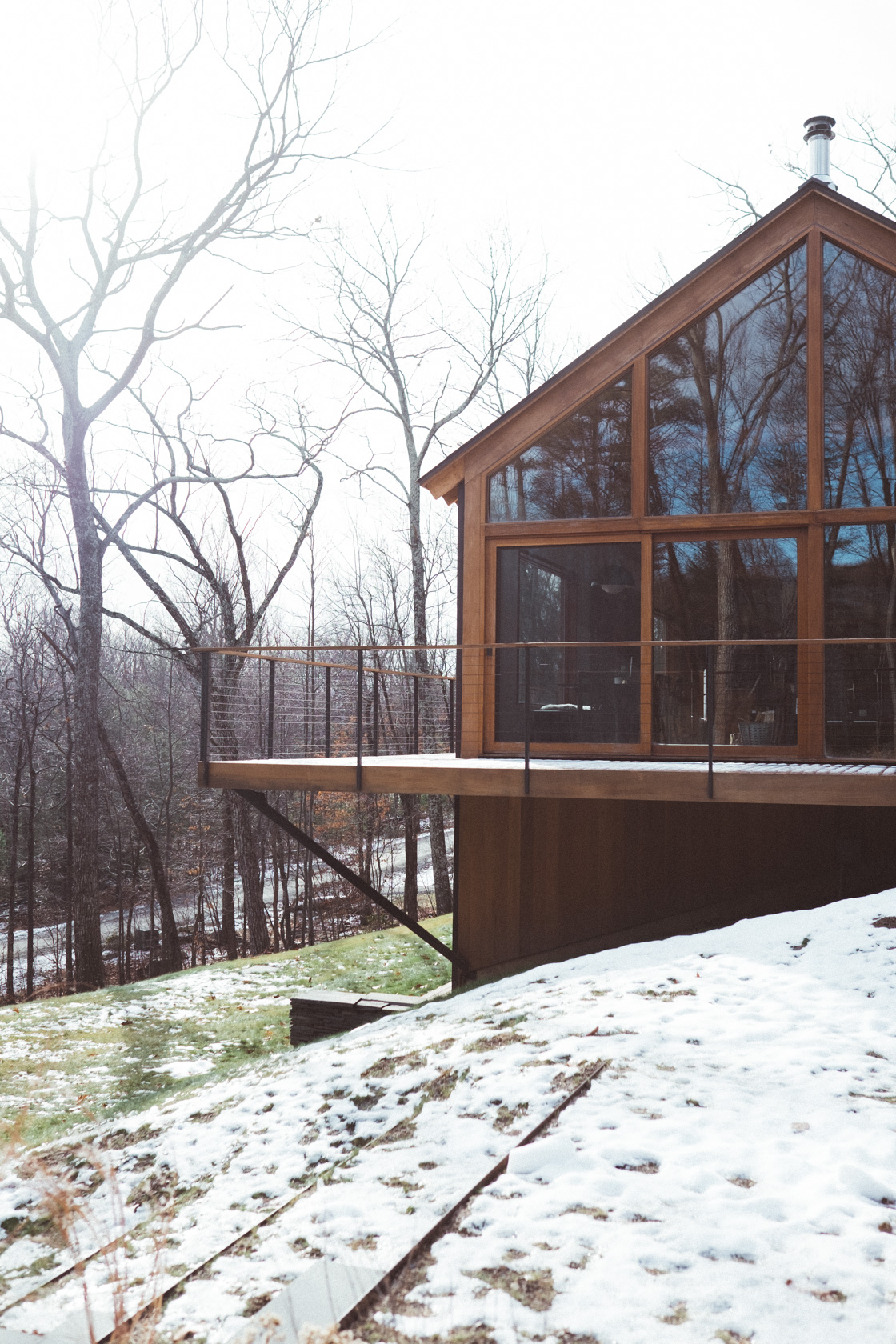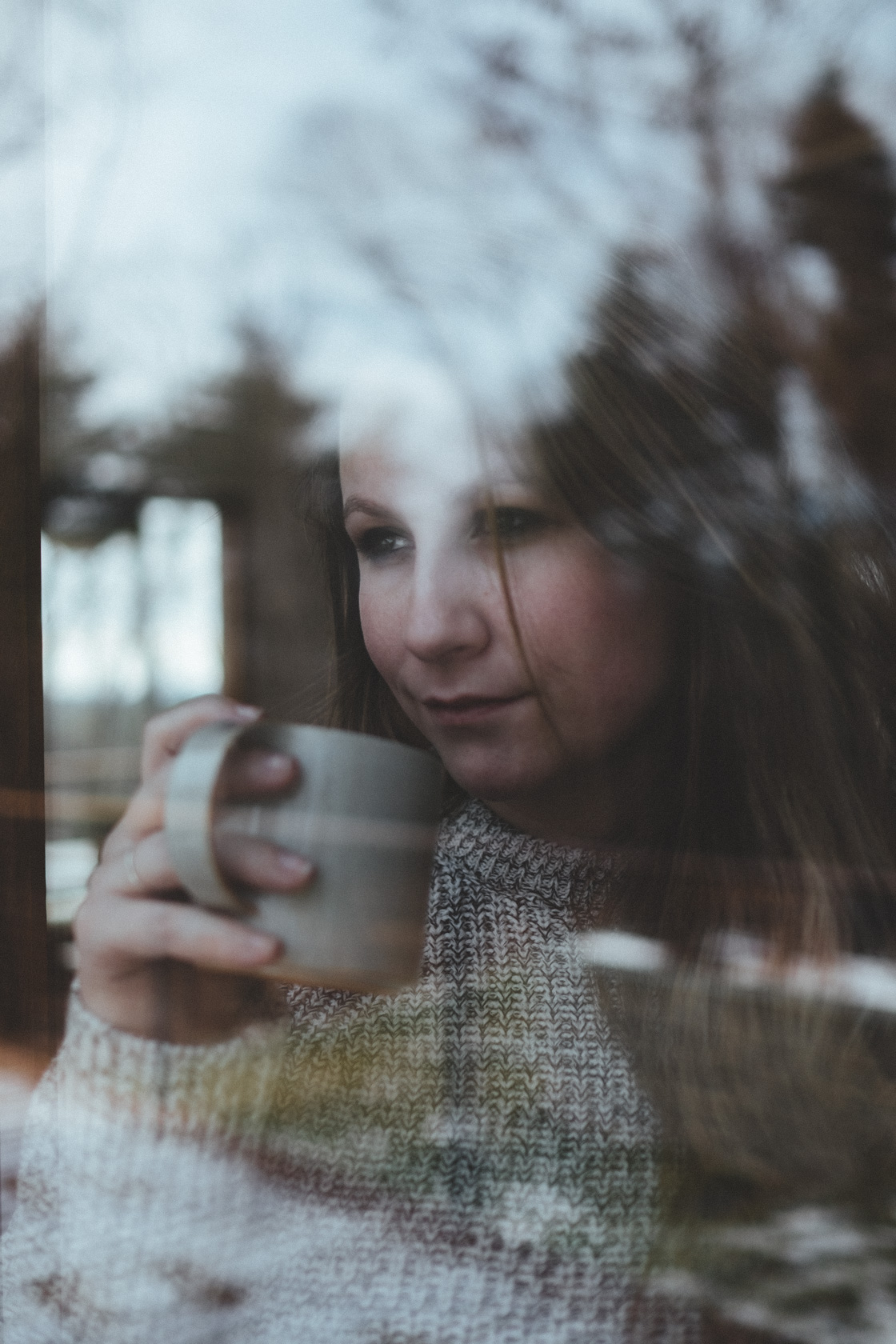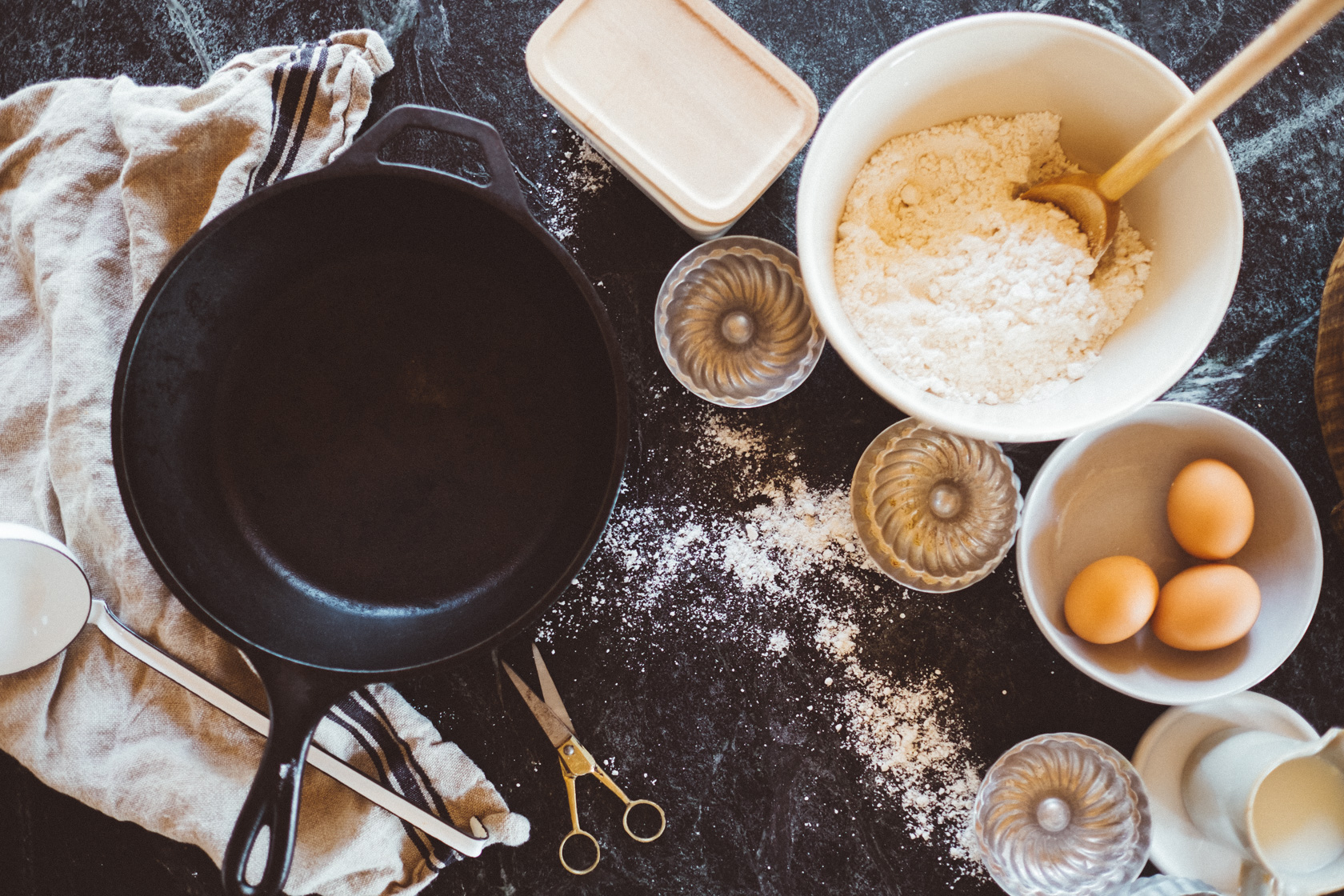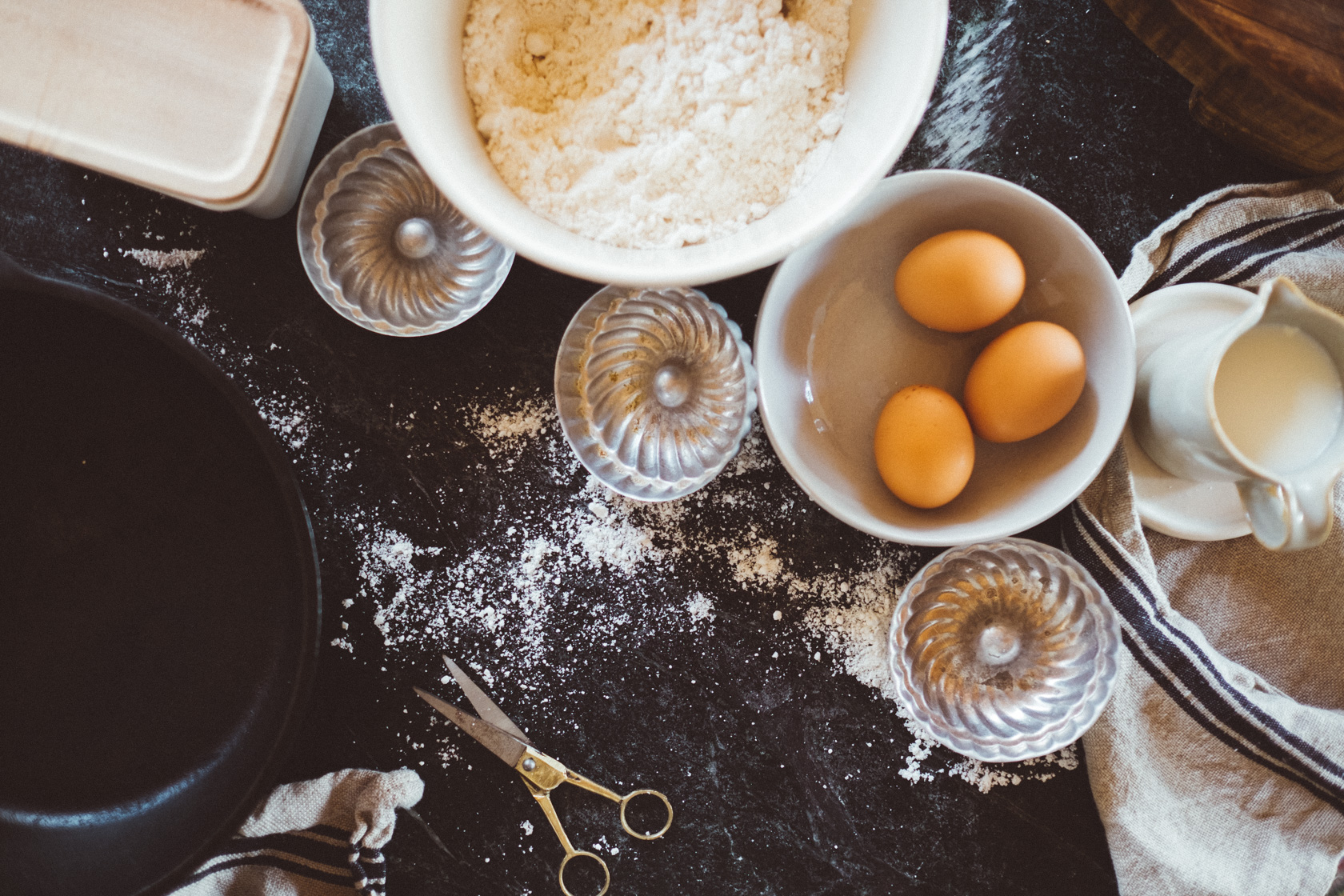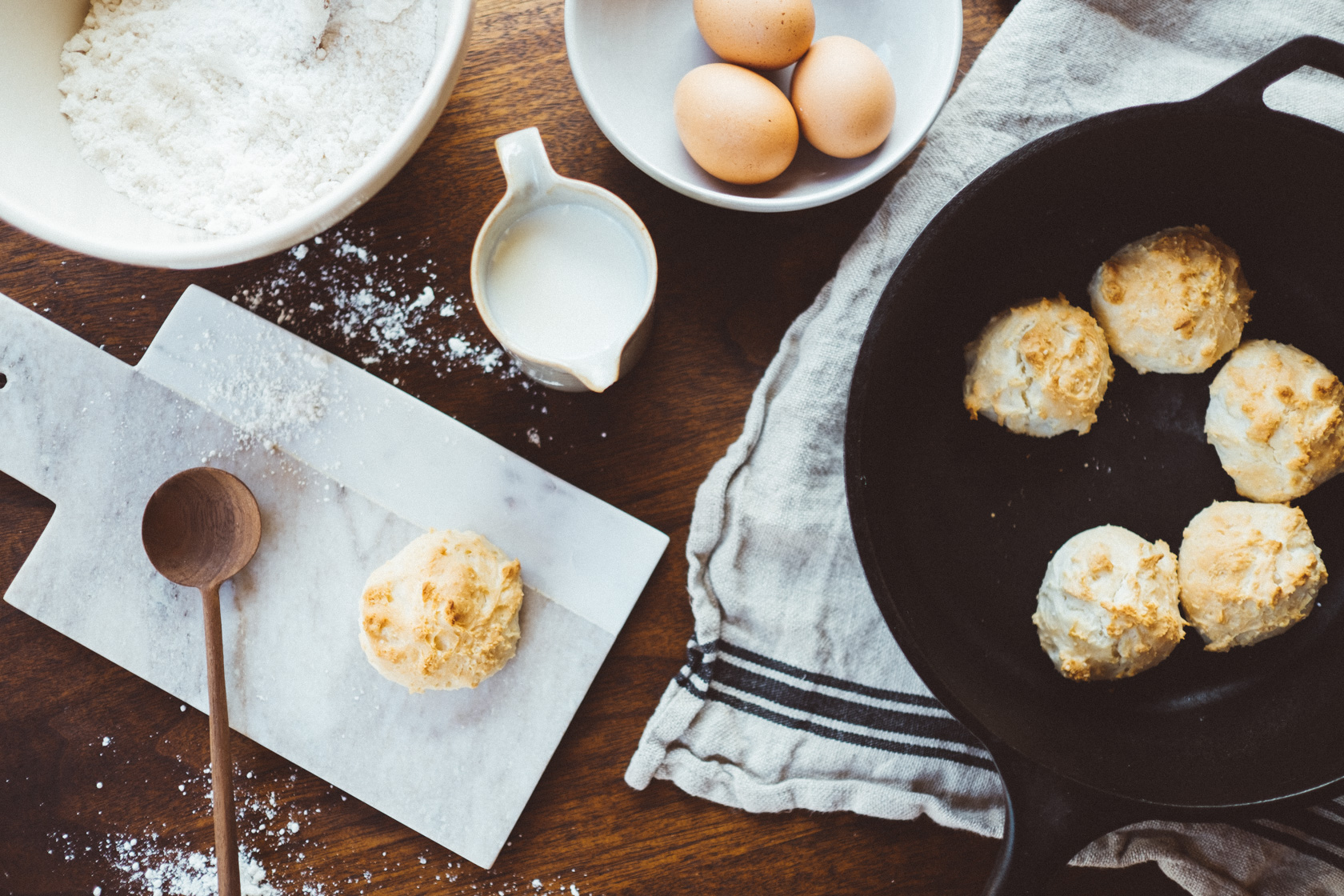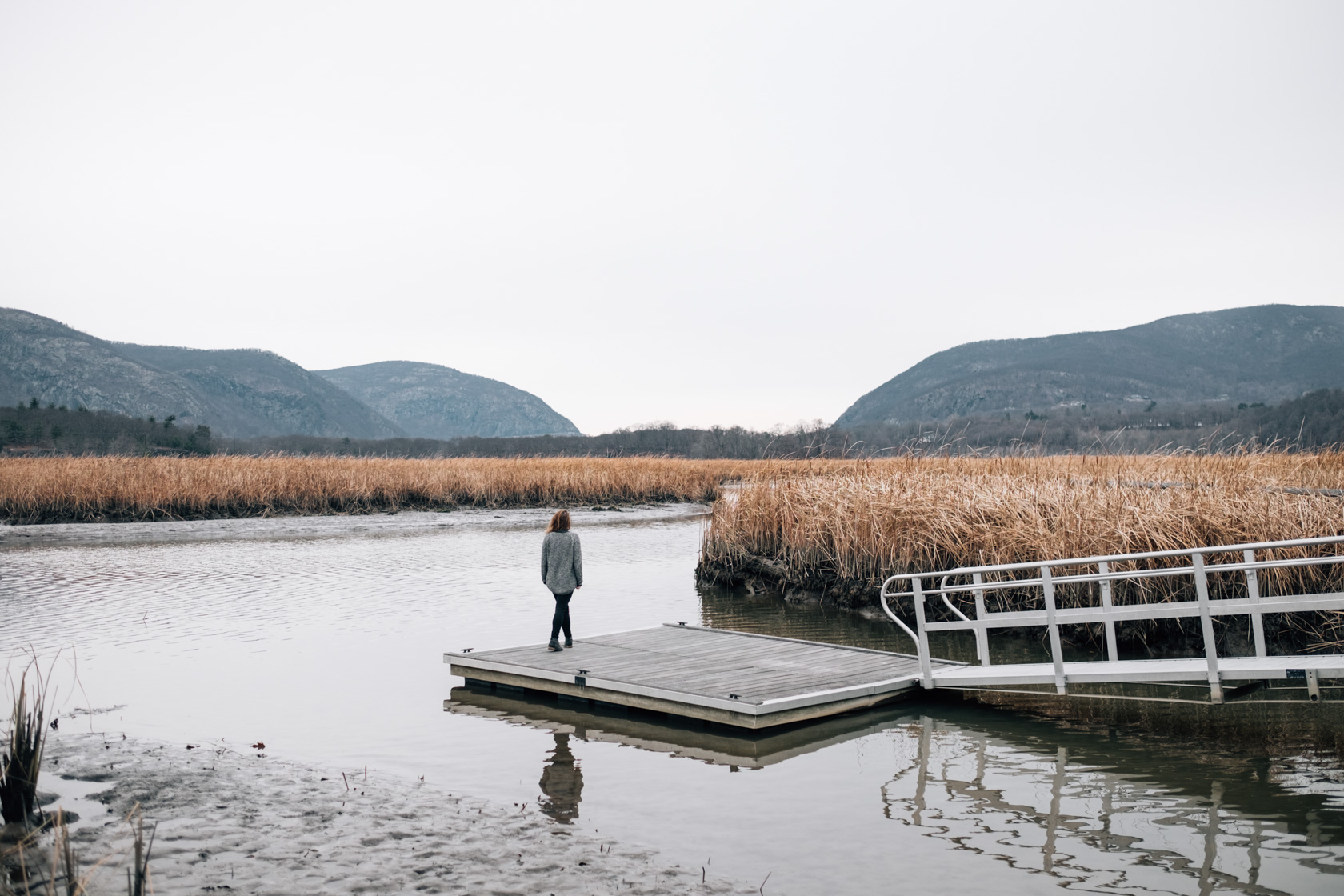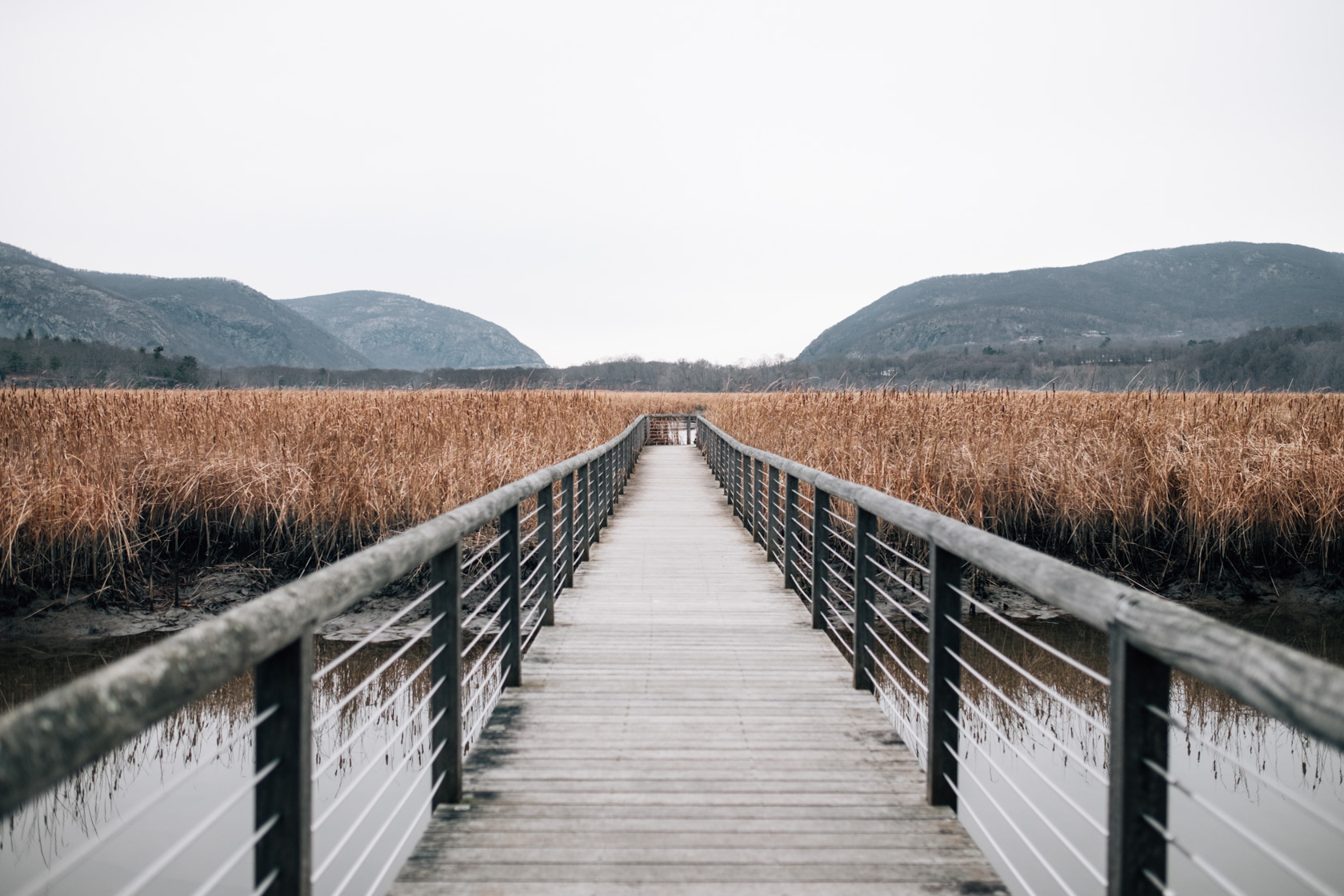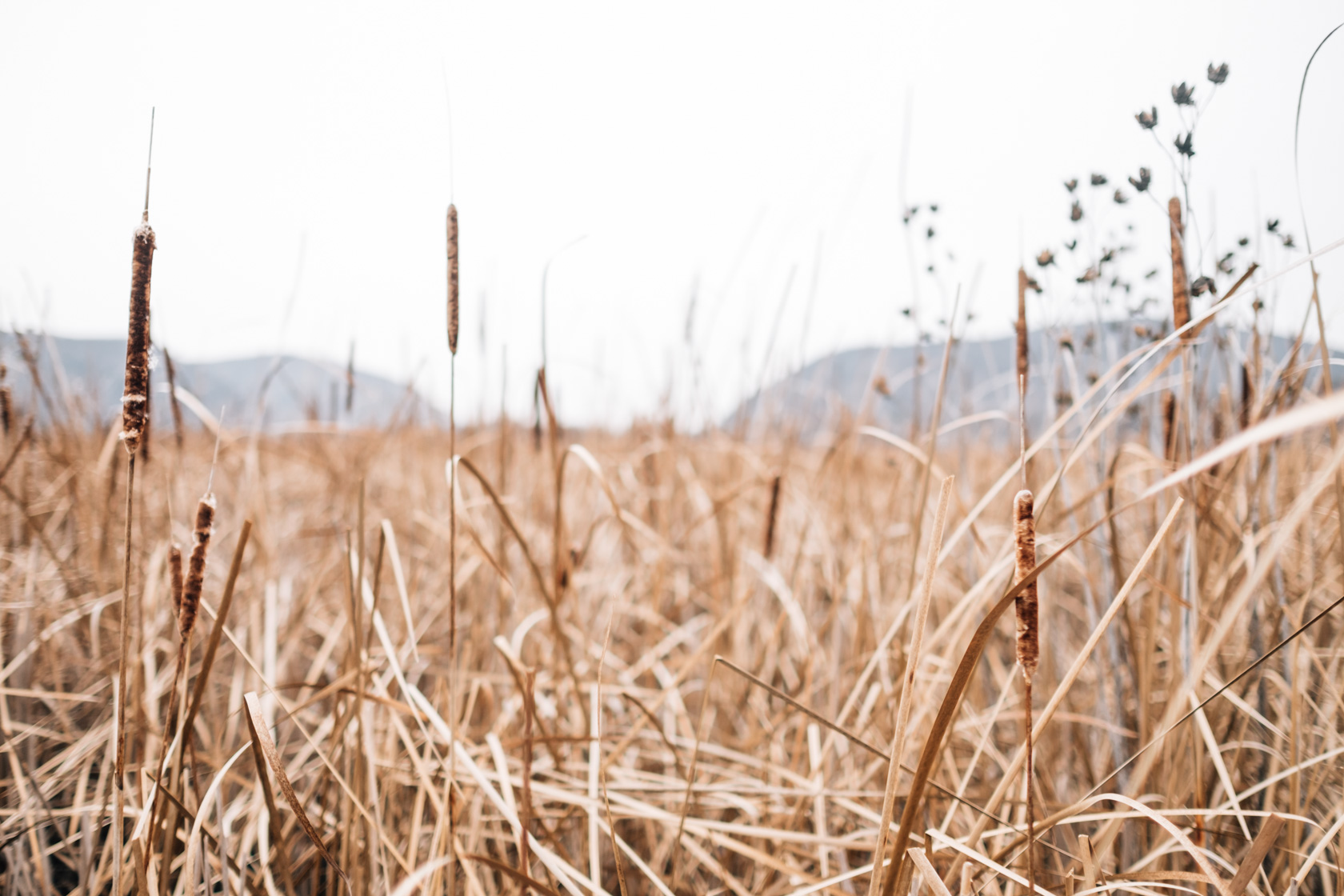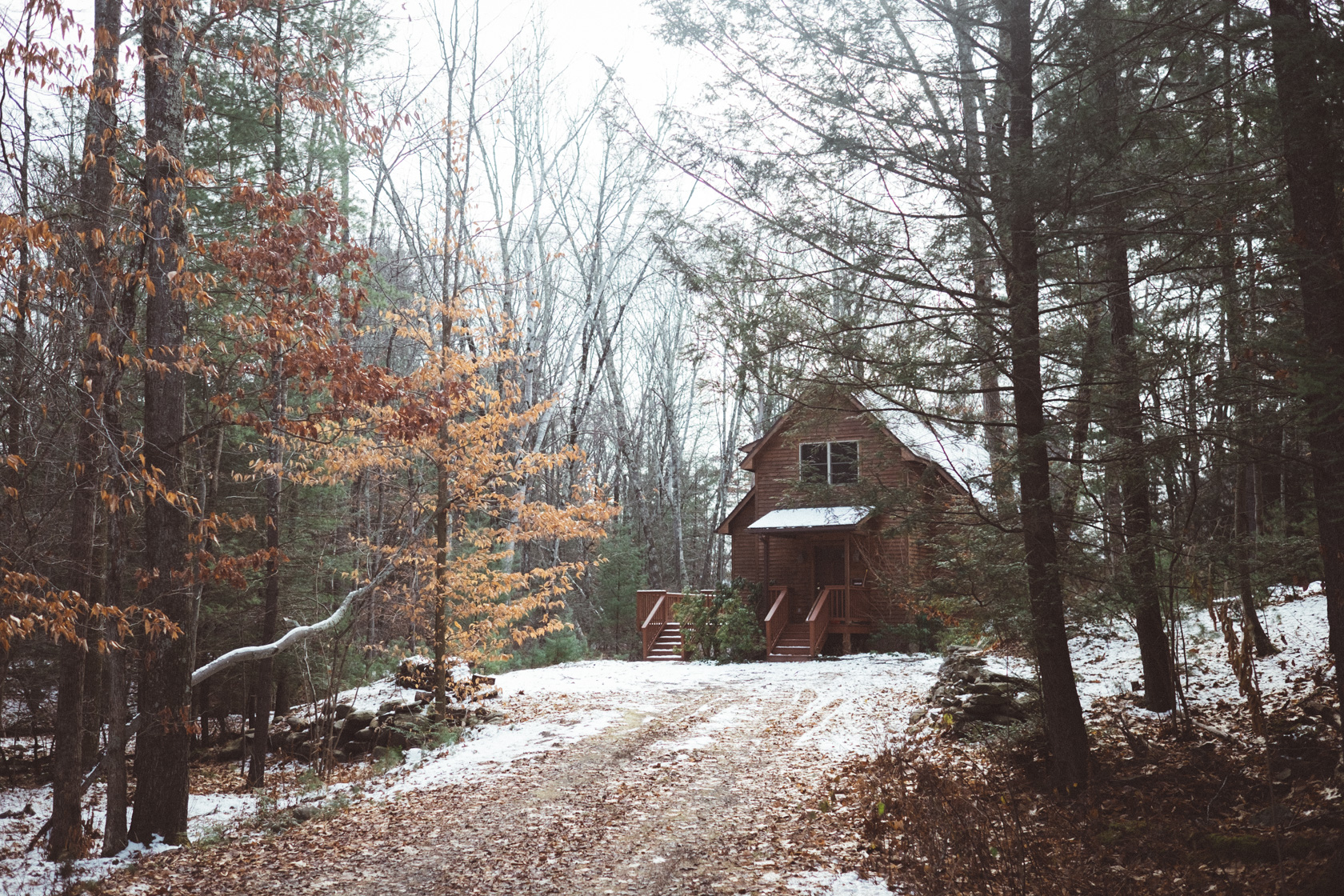Propelled by Passion: An Interview with Ricardo Bouyett
Guest User
'Live Authentic' rings true in the life of Ricardo Bouyett. We had the absolute privilege and honor of having a raw, honest interview with him. Embracing vulnerability, Ricardo shares his painful, yet hope-filled journey with us. His career as a photographer & filmmaker go hand in hand with the trauma that he has gone through and his quest for healing. Read below with an open heart and mind; there is a lesson to be learned for all of us.
Christophe: When did you first become interested in photography?
Ricardo: I first got into photography when I was in high school and my parents gave me a Canon Rebel as a gift. I only ever played around with it a handful of times. It wasn’t until my second semester as a freshman in college that I started taking photography seriously. I had just figured out that I was gay and I was in this weird semi-romantic relationship with a straight boy who lived in my dorm and he had called me the devil for seducing him into cuddling with me for several weeks and he dropped out of school. I was trying to process this situation along with a lot of my own questions in regards to my sexuality and identity and photography seemed like such an easy way to both distract myself and find myself. After class I would go out and shoot with friends, practice, teach myself certain things I didn’t really know.
C: Were you self-taught or did you learn in school/from a mentor?
R: I started trying out different digital techniques, coloring, and ideas to emulate some of my favorite artists. I decided to transfer to Columbia College Chicago so I could have a more stimulating environment as well as the opportunity to make some worthwhile connections and elevate my education in the arts. From the time that I applied for the transfer to my first semester at Columbia, I started my 365 project and began learning through trial and error. By the time I got to Columbia, I had been a little under halfway finished with my first major body of work. But once I was in that academic environment I started questioning more, challenging myself more and really trying to figure out what my visual voice was trying to say and what I wanted my images to be about.
C: How did you develop your style?
R: My 365 project played a huge role in my development as a photographer. It helped shape my technique, my attention to detail, and make sense of my emotional palette. Unfortunately, in January of 2014 I was raped and that event alone took my art and flipped it on its head and blasted it into an inferno of rage, misery, and ambiguity. I didn’t know how to handle what had happened, I was in denial for a while and I could only make sense of my nightmares and of that persistent sensation of having someone inside me through creating more colorful yet pain stricken imagery. Between 2014-2015 my imagery became much more surreal as I kept dissociating from reality just to sort of survive myself and my everyday social obligations. I didn’t understand what happened to me, how it could’ve happened to me, and why it happened to me. I kept blaming myself and during my senior year of college I found the strength and courage to talk about what happened to me in a more direct way in my work. With my series, Dame De Feu, I finally started to openly explore the visual dialogue about rape survivors, but being still new to this social arena, I didn’t quite have the tools to communicate that story effectively. At the same time I was also struggling with my desire to be a photographer. During my last semester of college I realized my true voice and my true passion was in filmmaking. I crowdfunded, directed, wrote, and filmed a short film series called “Lionheart” which helped me explore issues of homophobia, domestic abuse, and rape for the first time. After having created this body of work I started to step away from post-manipulation and surrealist imagery. I felt confident in my nakedness, in the rawness of photography, and saw it fit to move on from the constructed image and onto the raw image. I will never give up coloring the way I do, so I kept that fluently going throughout my work as my style kept changing. Mama doesn’t mess around with her colors.
In all seriousness, my style matured after this significant milestone. I mean, I raised over 2 thousand dollars and made a film series that altogether lasts about an hour. I felt unstoppable, like I could make any project I could think of. So with that in mind, I created a series called “Color Me” that more directly explored my relationship with depression over the years which later led me to make my short stories collection. That collection had about 18 short photo stories that were about domestic abuse, love, sexuality, and body image. After creating this body of work I was thirsty for another film project and set out to make “Silver Screens”.
Moving on from the short stories collection to “Silver Screens”, I finally figured out I wanted to talk about the problematic rhetoric in rape culture. “Silver Screens” is a film that focuses on an unstable relationship where sex is used as a weapon and the main character doesn’t ever come to realize that because his therapy session is less than helpful and he finds himself constantly recycling his memories and getting nowhere. While creating this project I got the inspiration to make my most important work to date, “Oh, Bouy”. The project is a collection of volumes that help me navigate and explore rape culture through different art mediums.
While creating this project I got the inspiration to make my most important work to date, “Oh, Bouy”. The project is a collection of volumes that help me navigate and explore rape culture through different art mediums.
My main focus with “Oh, Bouy” is to talk about the need to hold men accountable for how we sustain a culture that objectifies women, humiliates and ostracizes effeminate men, and blames victims of abuse instead of reprimanding the abusers. My style has definitely changed between 2013 to 2016 in that it’s much more direct now and carries an emotional weight that is rooted in reality as opposed to fantasy.
C: What themes do you explore through your work?
R: In my work I explore sexuality, spirituality, and identity and how those correlate and fluctuate under certain given circumstances. My main focus in my work currently is creating stories that talk about rape survivors and navigates the complexity and fragility of the male psyche.
C: How do you find and choose you subjects or locations?
R:When I was a student at Columbia, I relied heavily on word of mouth to find models and actors to work with. I had a website ever since I started going to school there so it was easy for other students to google me and find out if I was worth working with or not. As far as locations go, I’m very lucky in how I stumble onto special locations, especially back in Illinois. Normally I would go adventuring with friends in the suburbs or in the city and I’d always start with one point of interest and from there I’d make it up as I went along.
C: What inspires your work?
R: Emotions drive my work to its core. Put me in a room with speakers blasting emotional, sexual, or neurotic music and I’ll have a full body of work ready on your desk the next morning. I can’t explain it, sometimes I lose myself to this other voice in my head that takes over and when I’m shooting, directing, writing, or editing, I almost always lose myself to my surroundings and to the people around me and I’ll find myself waking up hours later not remembering how I made what I made. Other times I have a moodboard, a concept, and then an emotion and then I go off script once I get there.
C: How do you compose an image? Do you go into the shoot with a specific shot in mind, or does the inspiration strike when you place your model in the setting?
R: It honestly depends on the shoot and it depends on the project. If I’m just exploring with friends or new models, I follow my instincts and let my personal relationship with the subject inform my creative decisions. If it’s a film project, I have a script, a storyboard, and 20 pages of notes on my phone with different scenarios to explore. I almost never shoot something without first brainstorming 100 different ways it could turn out. If I’m not set on making something, I don’t make it. I always think to myself, “Someone else somewhere in the world has already made this image or is making this image right now, why do I have to make it? Why would I want to make it? How does it fit to my mission as an artist?”
If I can’t answer those questions and convince myself then I don’t take the shot.
C:What has been your biggest lesson learned through creating your art?
R: I think the biggest lesson I’ve learned is to stop comparing myself to other people and other artists. Everyone is on their own path.
C: What do you hope your art says to people?
R: I hope it says “love yourself, love others, and most of all, don’t be rude to people just because you don’t understand what they’ve been through.”
C: Why did you choose your craft?
R: I chose it, along with filmmaking, because it was the best and most effective way for me to heal from traumatic events as well as create and share stories that I’m passionate about.
C: How hard was it to become profitable at it?
R: Not a lot of platforms or galleries want to pay an artist who in their eyes doesn’t make the kind of work that fits their audience reach. Do people love the work on social media? Yeah, I’ve gotten a lot of positive responses, but a lot of the time I still get ignored, rejected, and pushed to the side by art institutions and major art publications because my work makes them uncomfortable. Rape survivor stories aren’t the most popular in the photo and film world. Especially if they don’t depict the graphic violence of rape. My work talks about male violence, how damaging male sexuality has been in an overtly patriarchal society, and that just doesn’t sit well with a lot of people. And I understand that, but the unwillingness for art platforms of any kind to get involved in issues about domestic violence and rape makes it that much harder for conversations about the ramifications of men’s violence to even take place. Everyone jumps on reporting on the drama of rape and the graphic nature of the violence, but hardly anyone furthers the conversation about the life of survivors after the fact. I’m not profitable at making my photos, I’m only passionate and starving.
C: Any suggestions to newcomers to the field?
R: Do what you want to do and don’t take no for answer. It can be very discouraging coming into a field that is so saturated with talent but that shouldn’t deter you from doing what you want to do. Everyone has something distinct they bring to the table, so why can’t you?
C: What would you do differently if you could start from scratch?
R: I would’ve gone to school for filmmaking, not photography.
C: If you couldn’t be doing your craft, what would you do instead?
R: I would be a singer, or maybe a vocal performance instructor. But I prefer doing this so I’m glad I can still do it.
C: Any favorite moments of your career so far?
R: My favorite moment was when I made “Lionheart”. The rush of crowdfunding and the success of finishing the project changed my life drastically. Nothing has ever made me so confident and newly passionate.
C: Is there a defining moment in your career?
R: The most defining moment in my career so far has been creating the different iterations of “Oh, Bouy” . While “Lionheart” may have given me a new found confidence in filmmaking, “Oh, Bouy” has catapulted me into a new framework of thinking and execution and for that I’m grateful to everyone on the creative teams. But aside from artistry, the project has definitely made me less afraid to stand up and advocate for social issues that I care about deeply.
C: Biggest pet peeve about the industry?
R: The industry only cares about who you know not how much you know, and I think that’s the reason why a lot of mediocre publications, production companies, and photographers have an unfair advantage over underdogs who are climbing up a steep hill without any lifelines to help them up. I think it’s a shame, I’ve met a lot of capable artists who deserve a lot more than what they’re given. I don’t think popularity is a proper measure of someone’s ability.
R: I like that I don’t have to answer to anyone, that I can collaborate with people who respect my opinion and want to work with me and I like that I get to involve other people who can work out their own therapeutic needs with my work.
C: Is there anything you really enjoy in your craft vs another line of work?
Ricardo's work is more than mere photos and videos. His art has a message that needs to be heard and talked about. Let art open the door for dialogue and a greater level of honesty in our lives. No matter the outlet, we all have a creative voice with a message that can create such a difference in our world.
You can find more of his work on his website and Instagram.





























